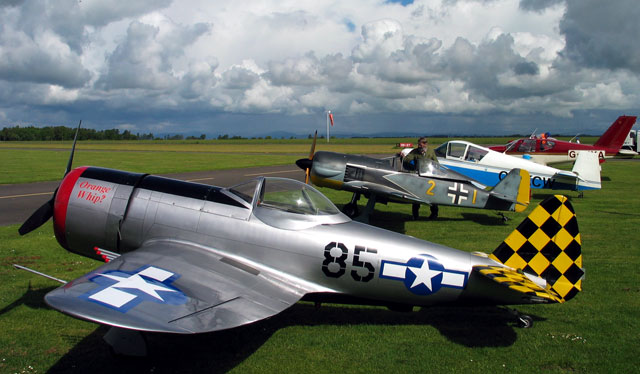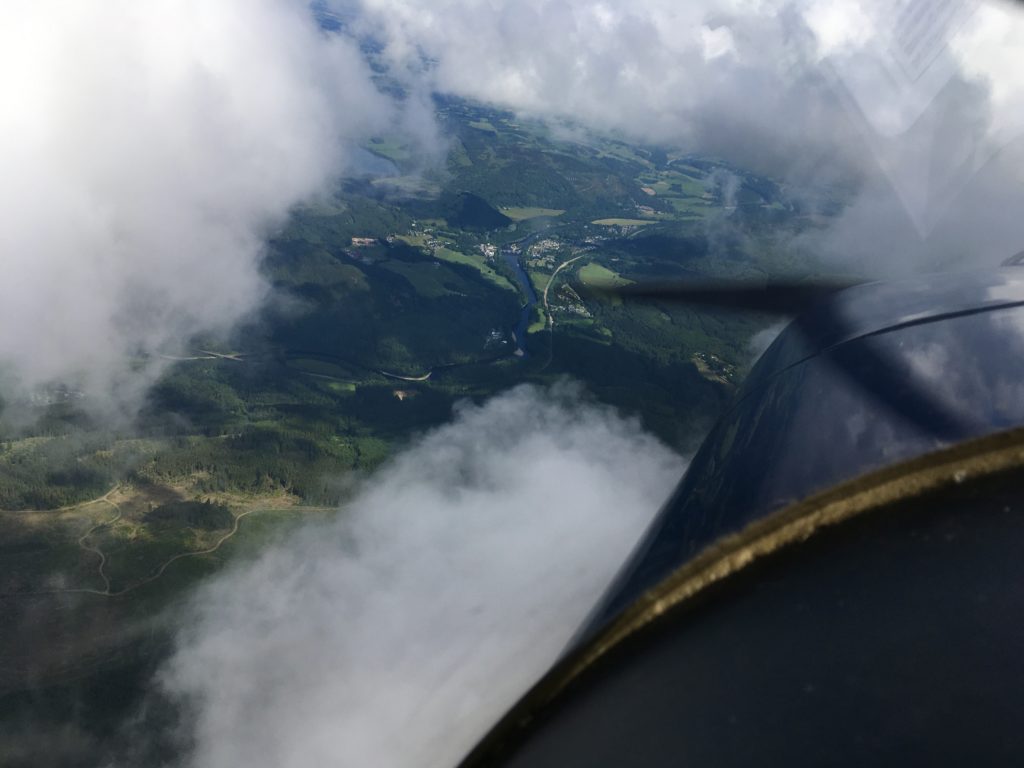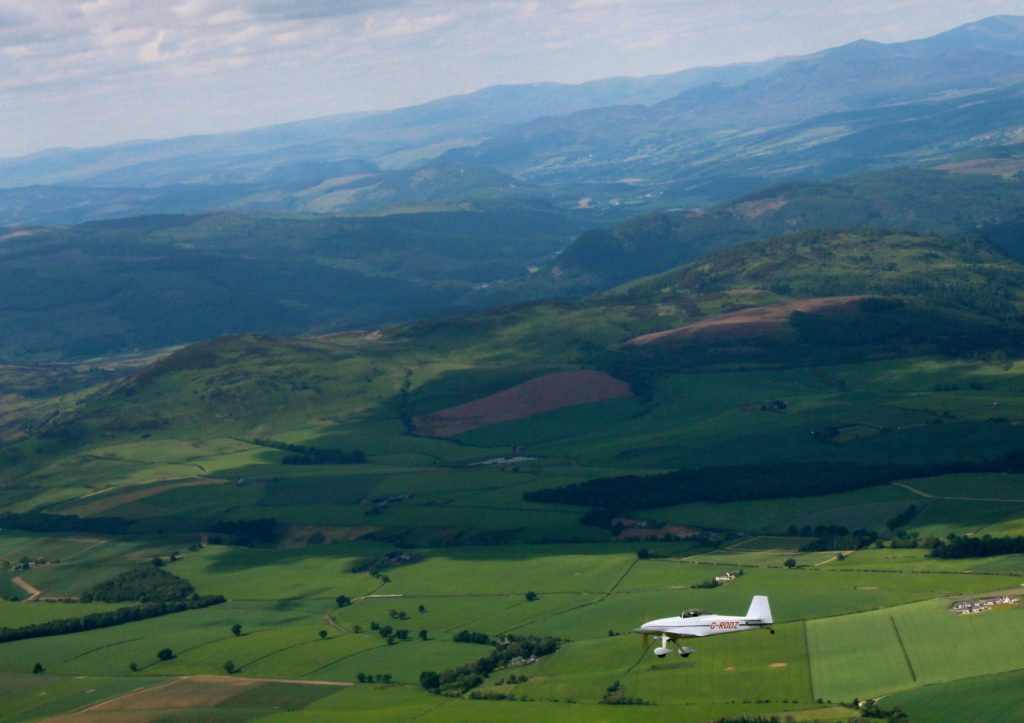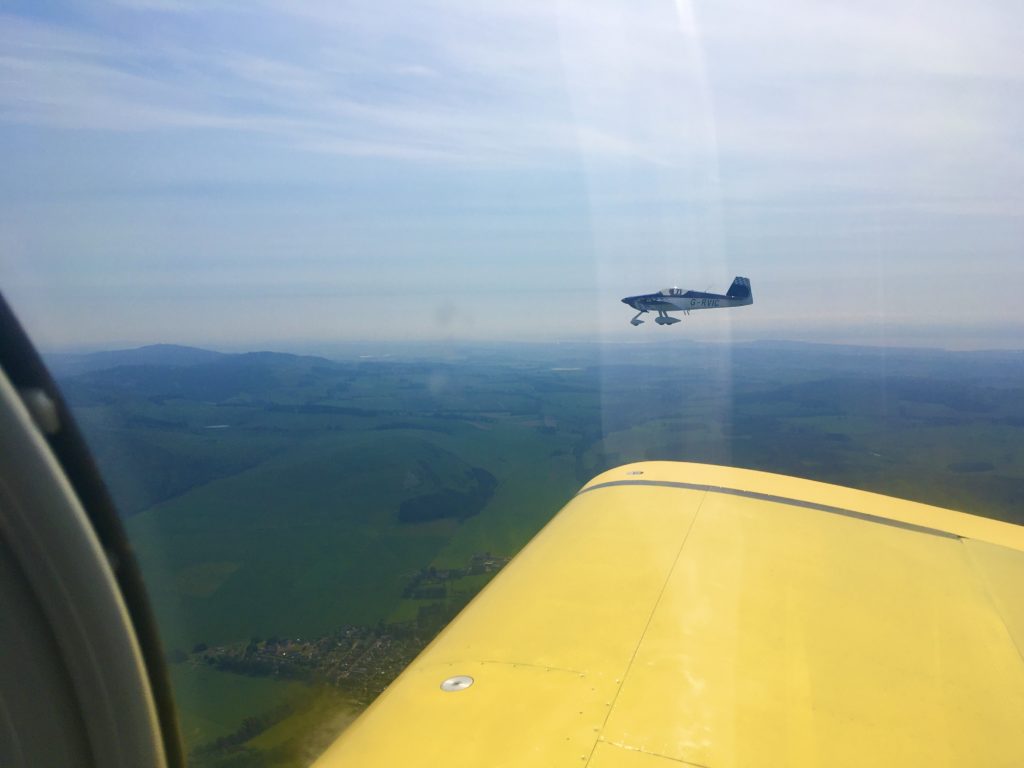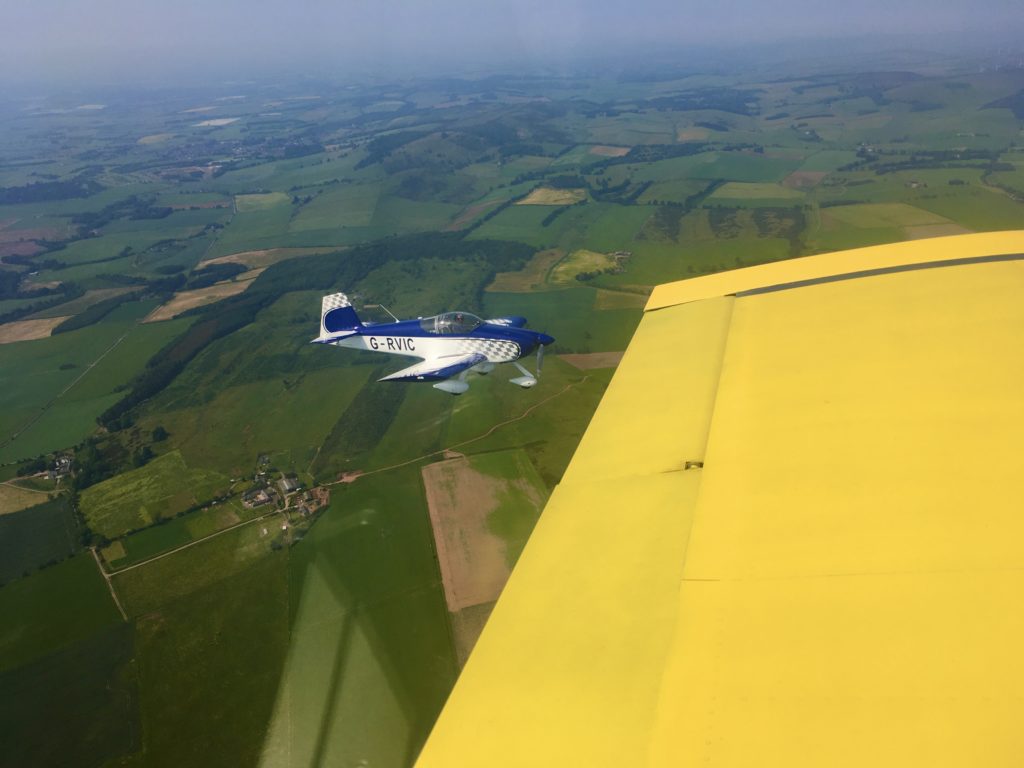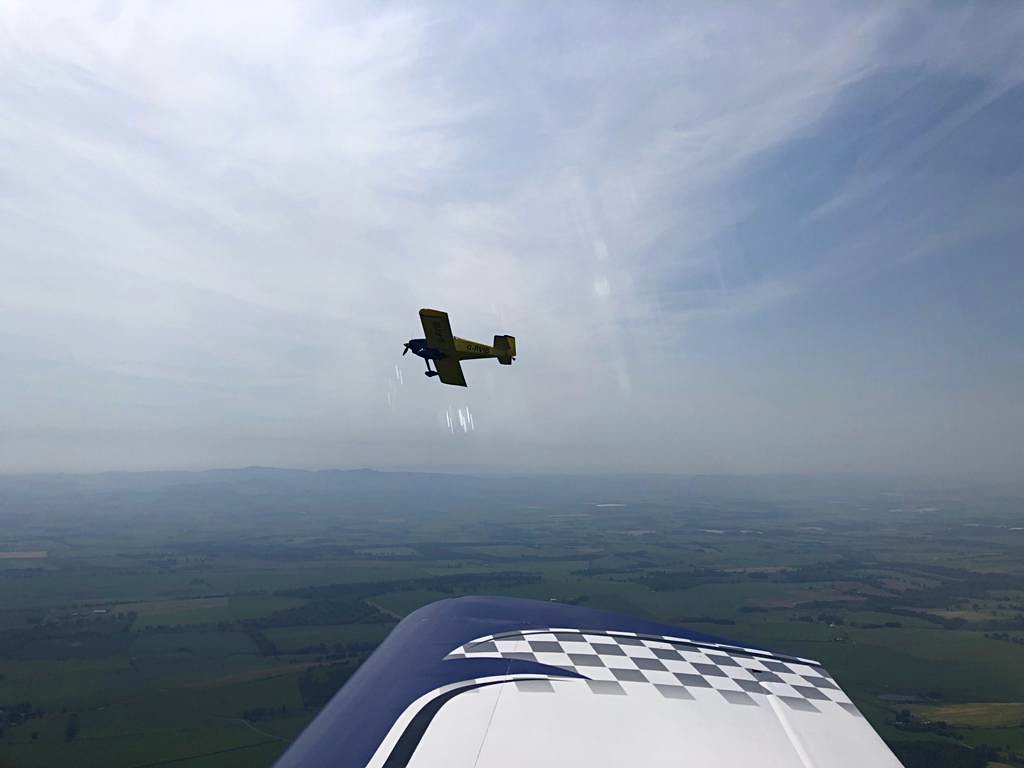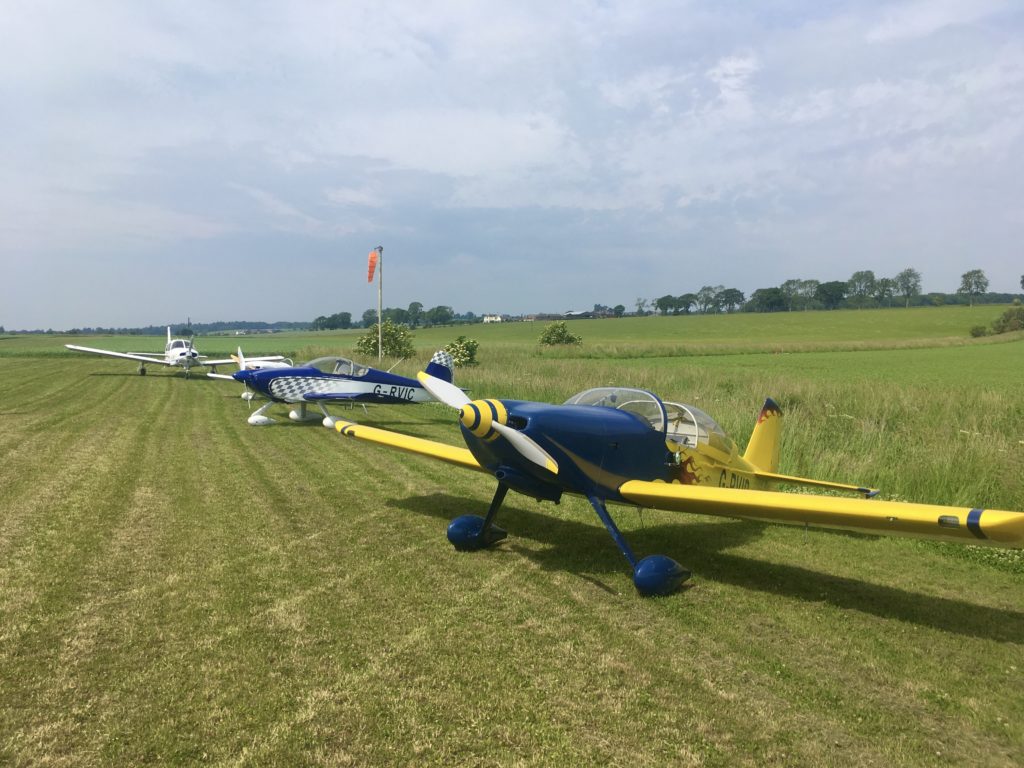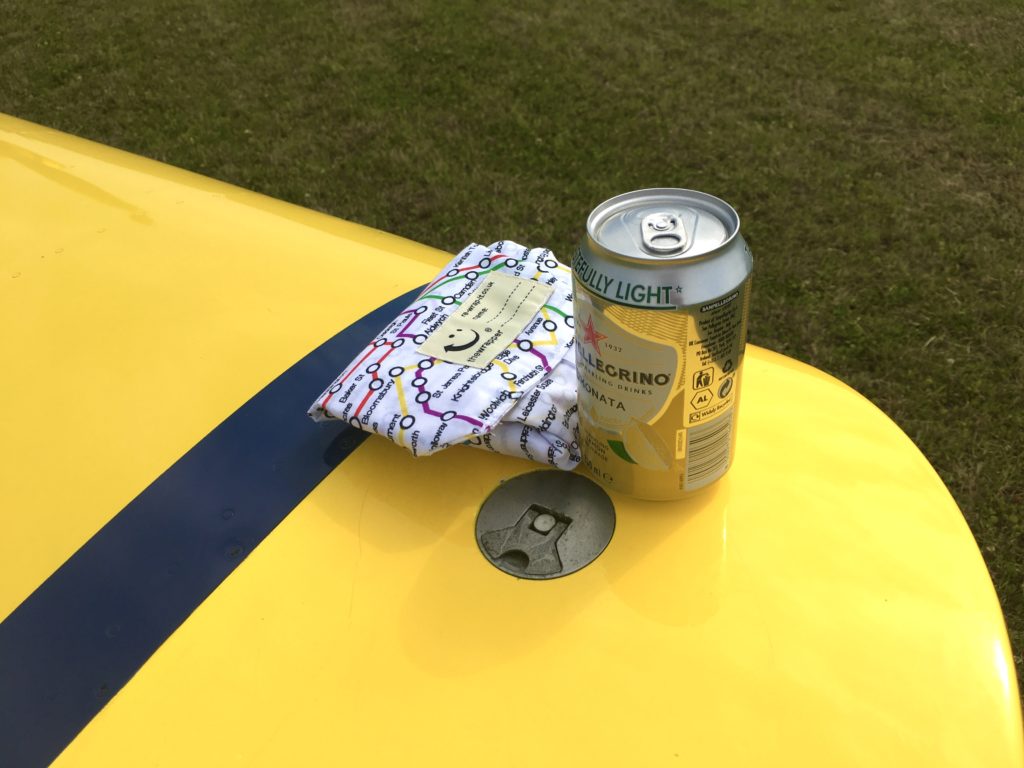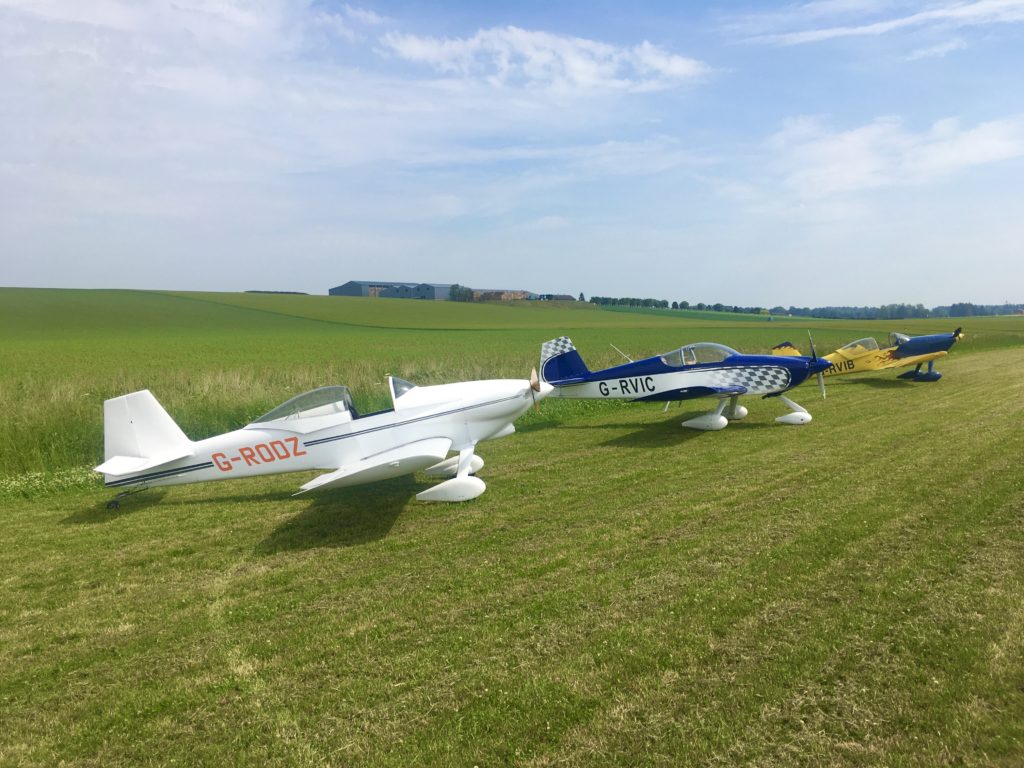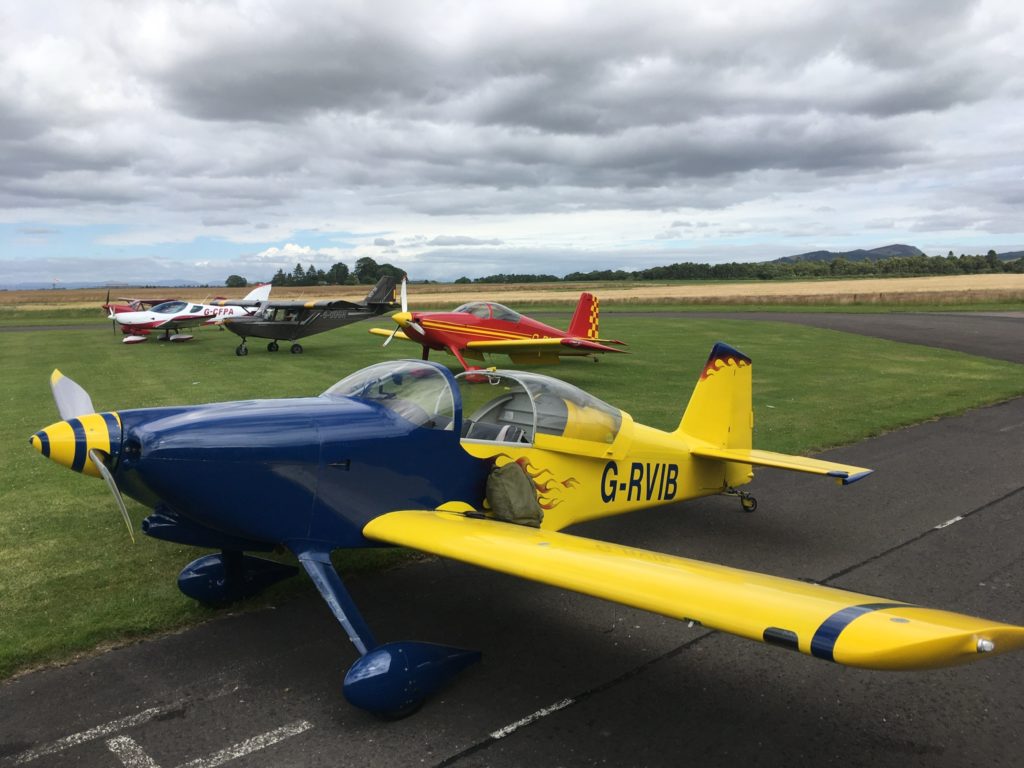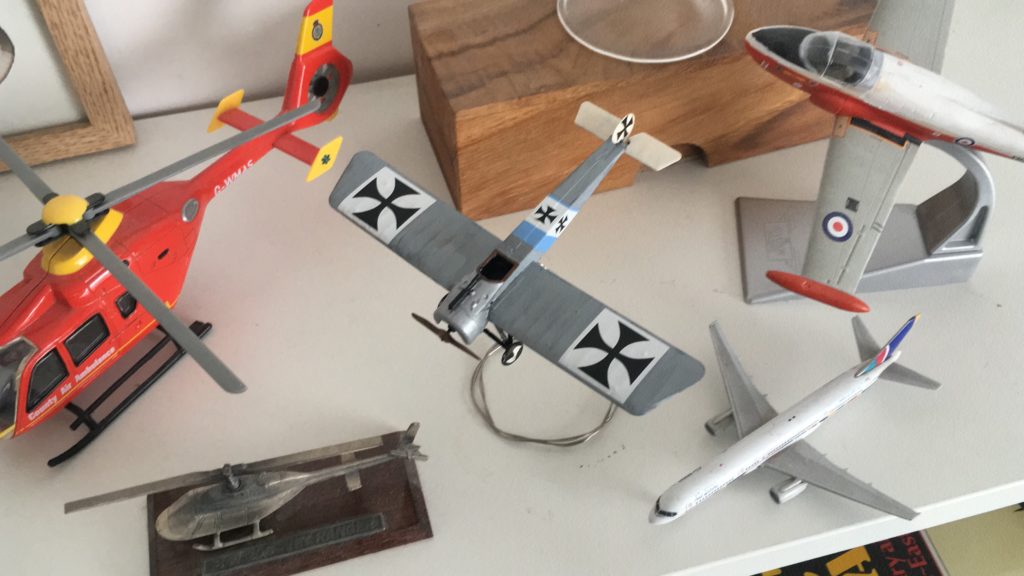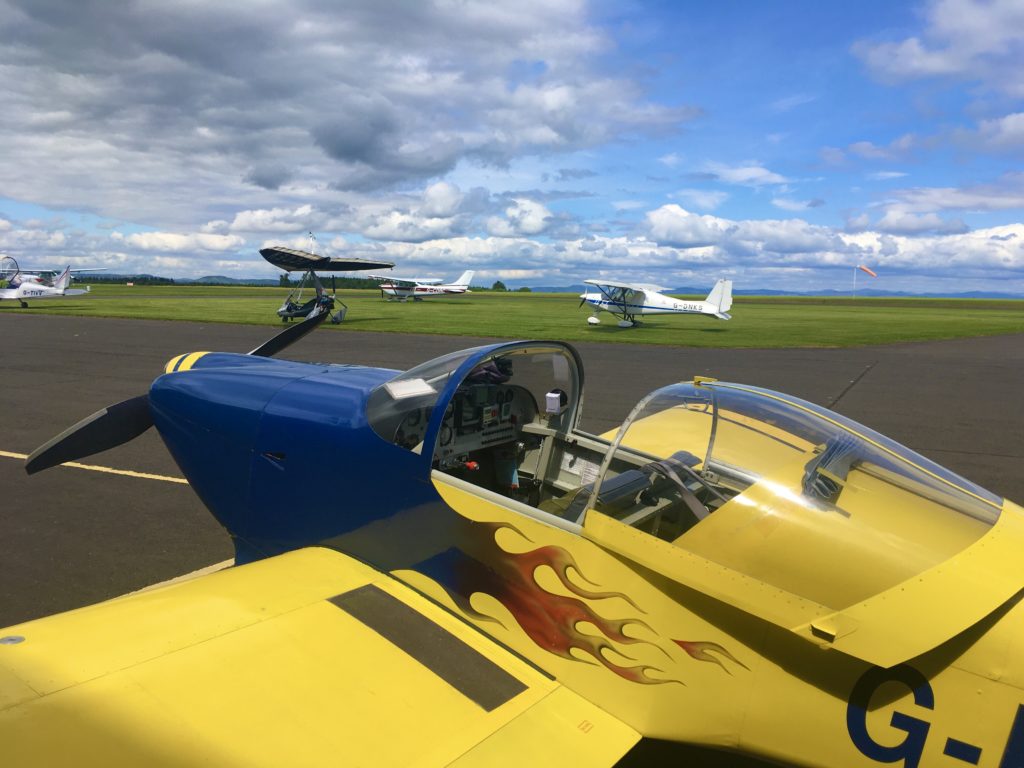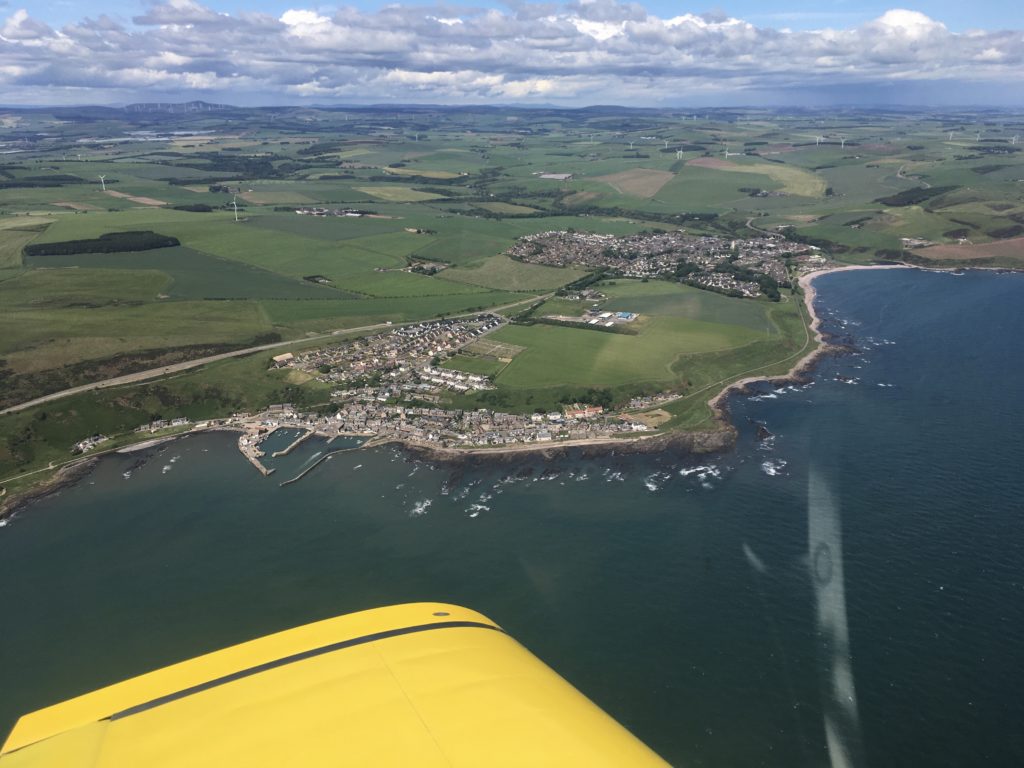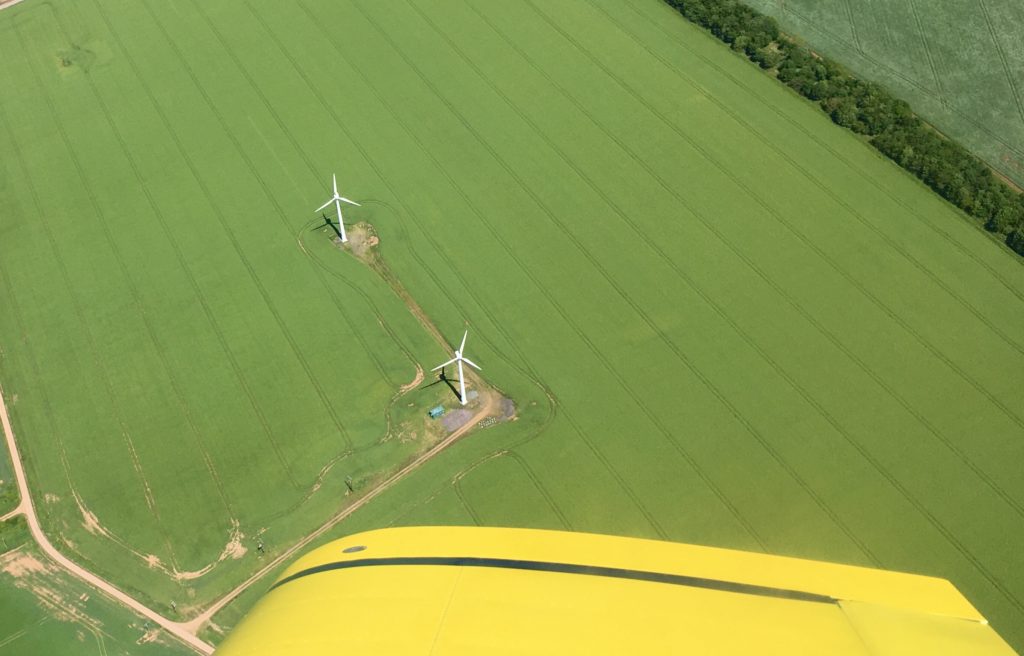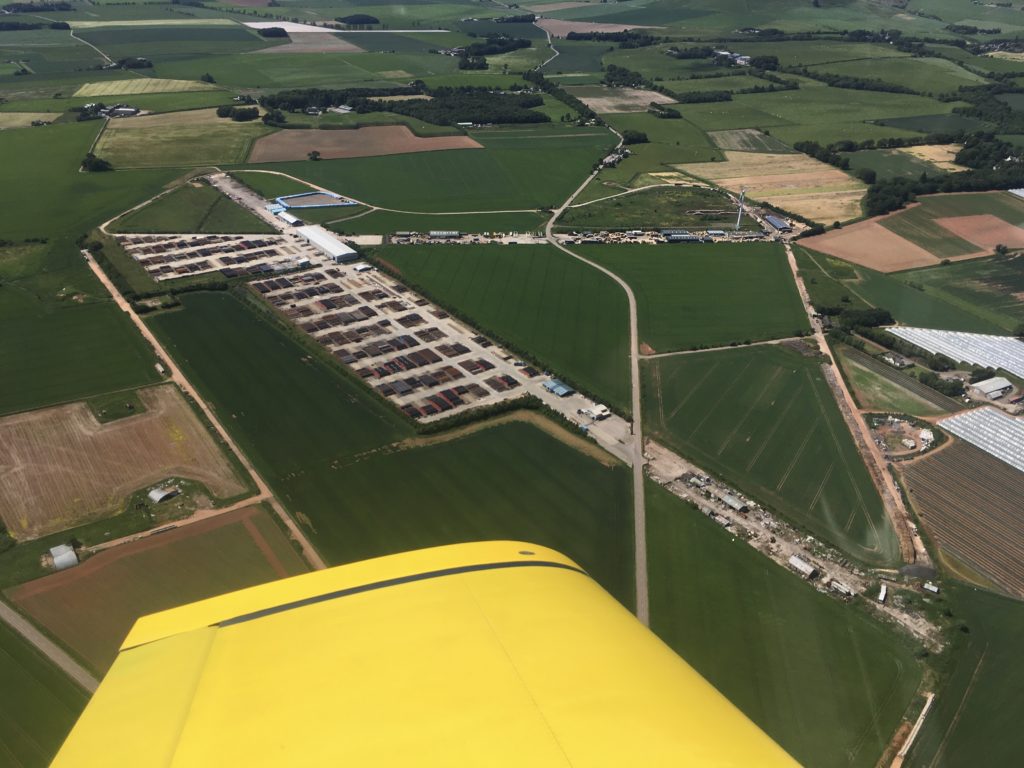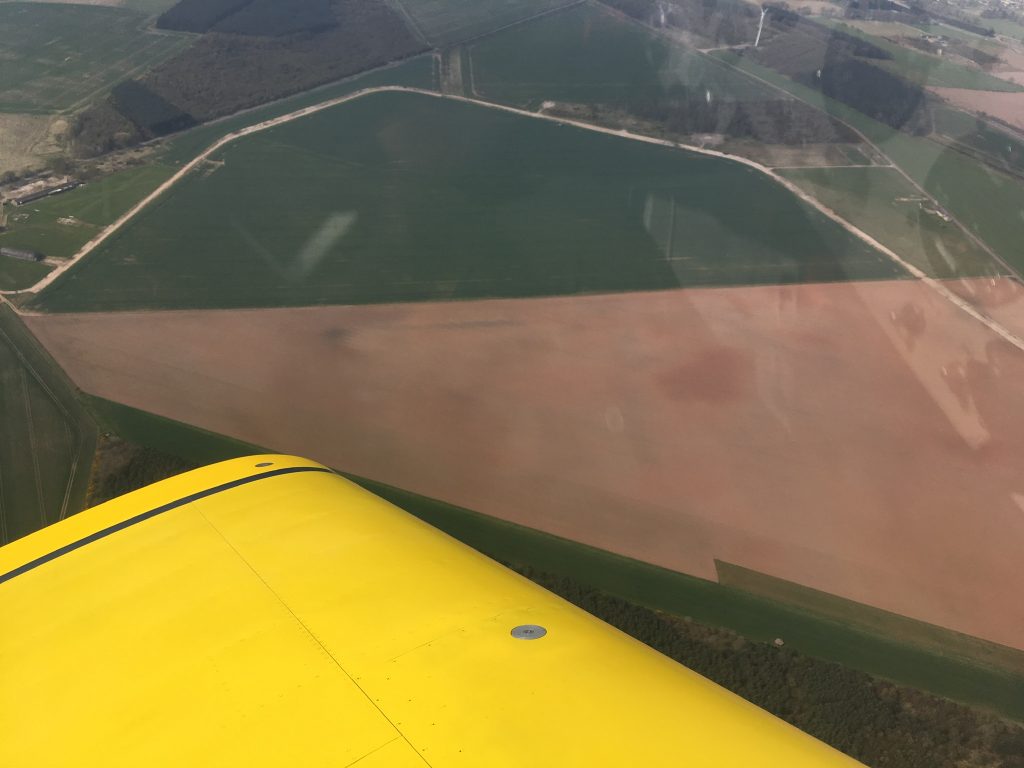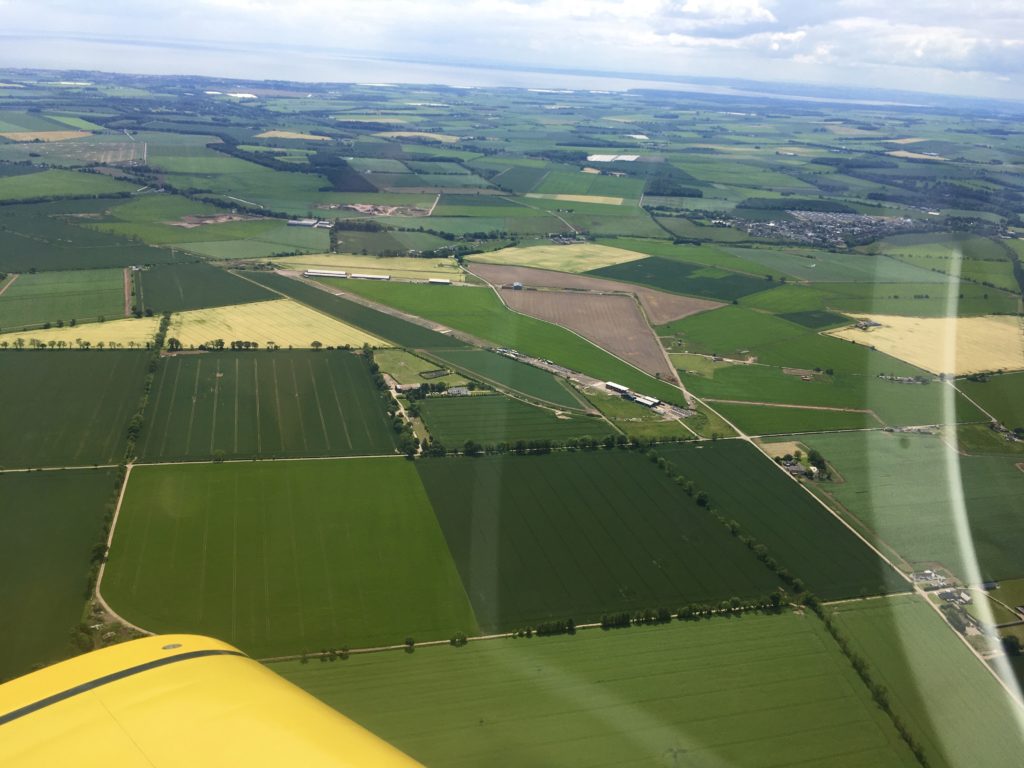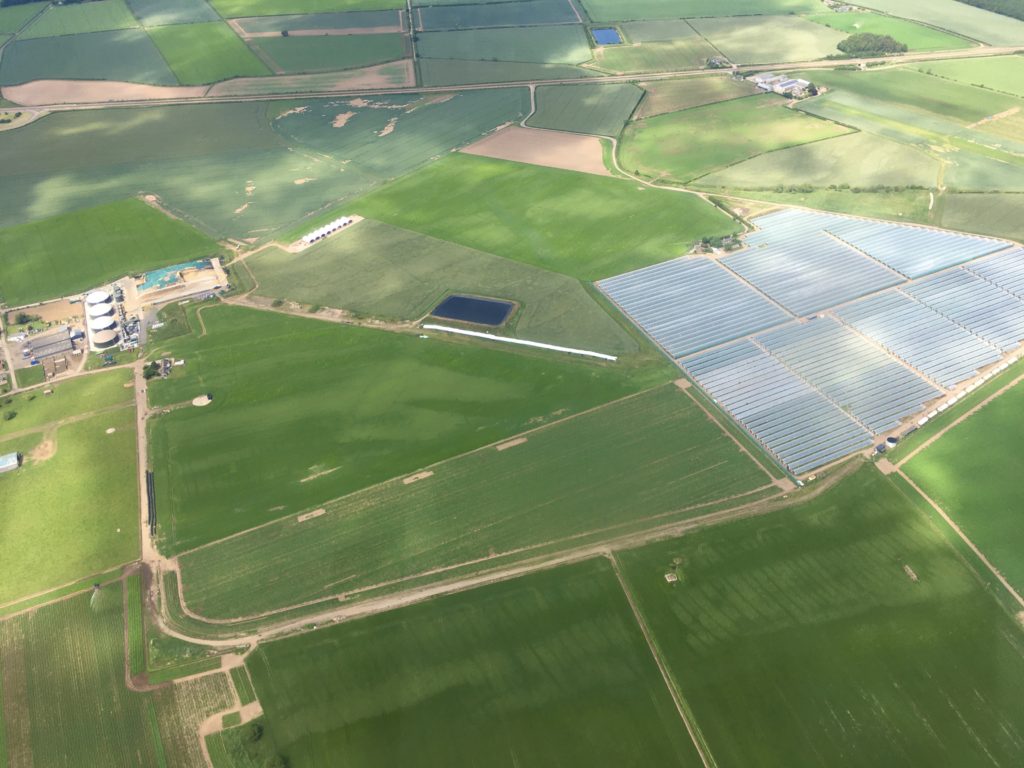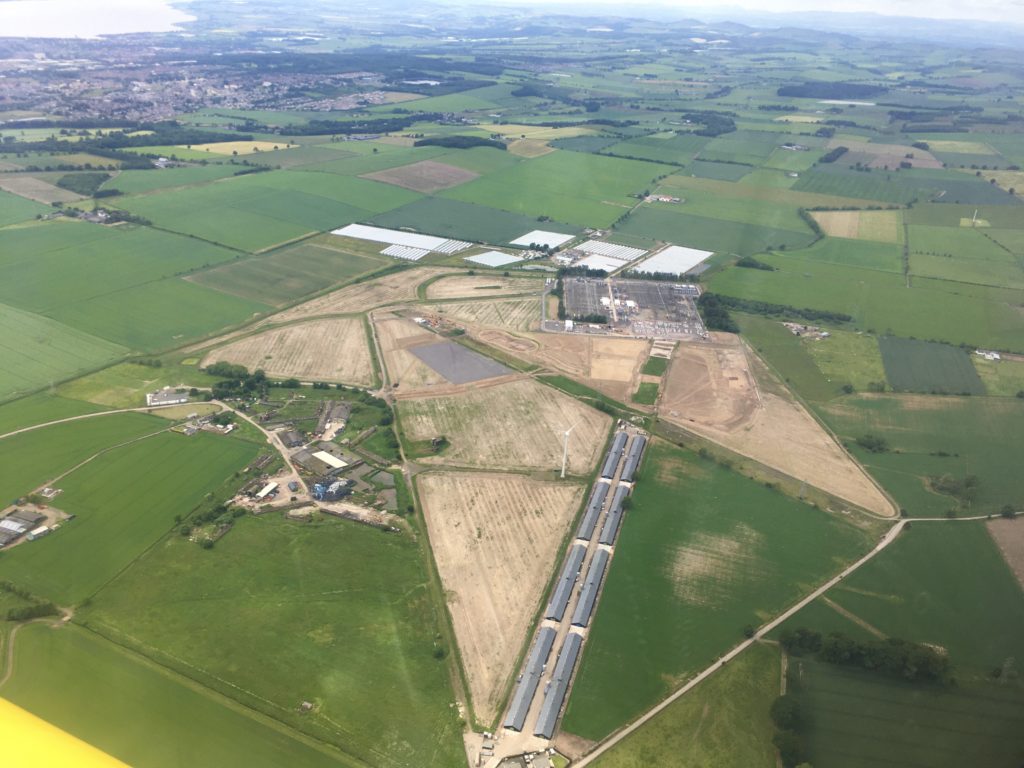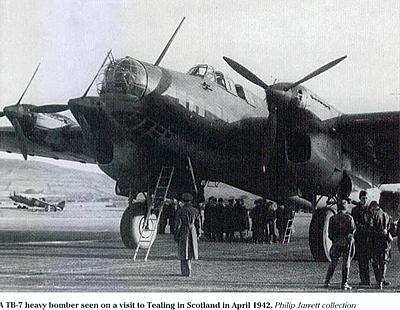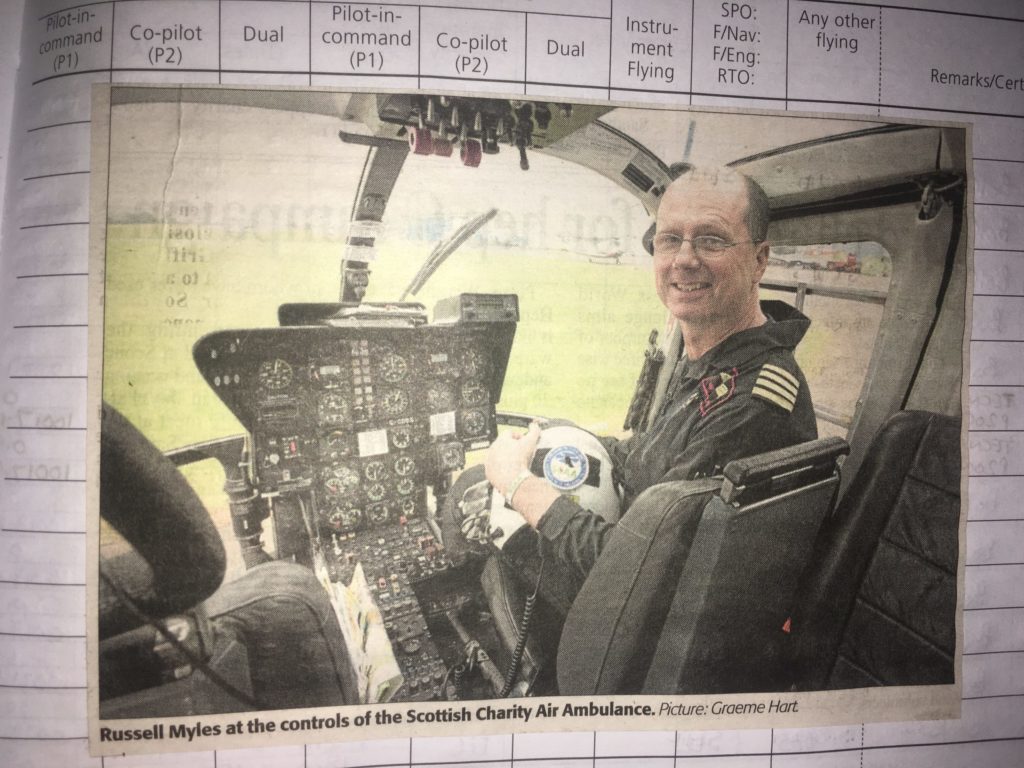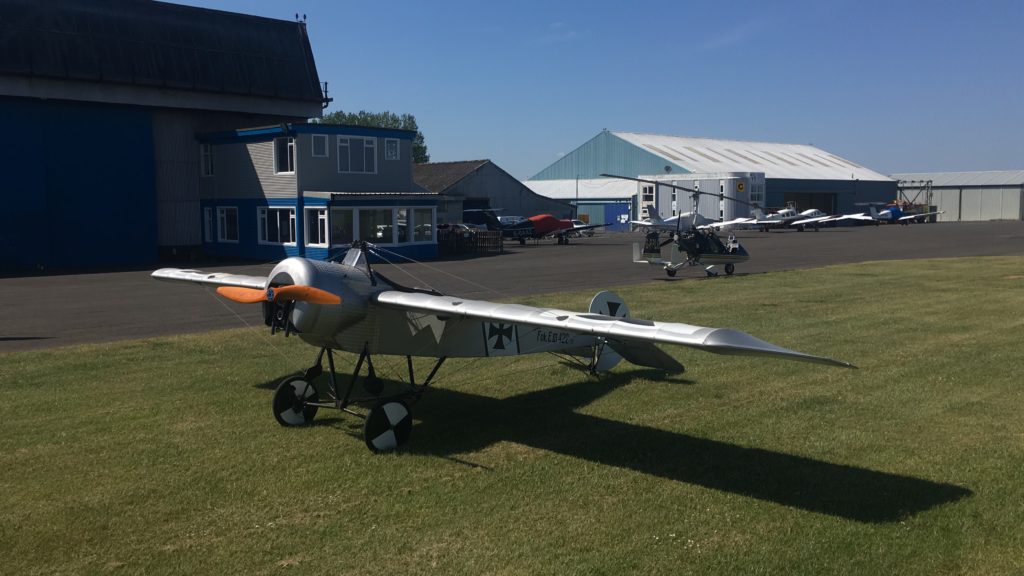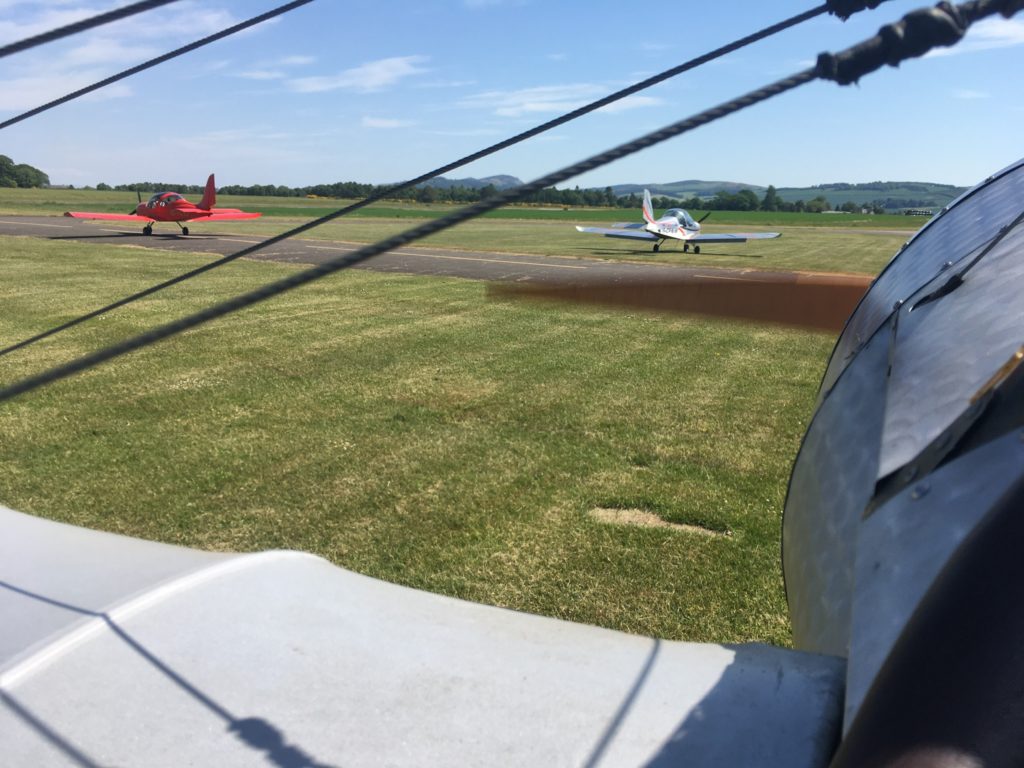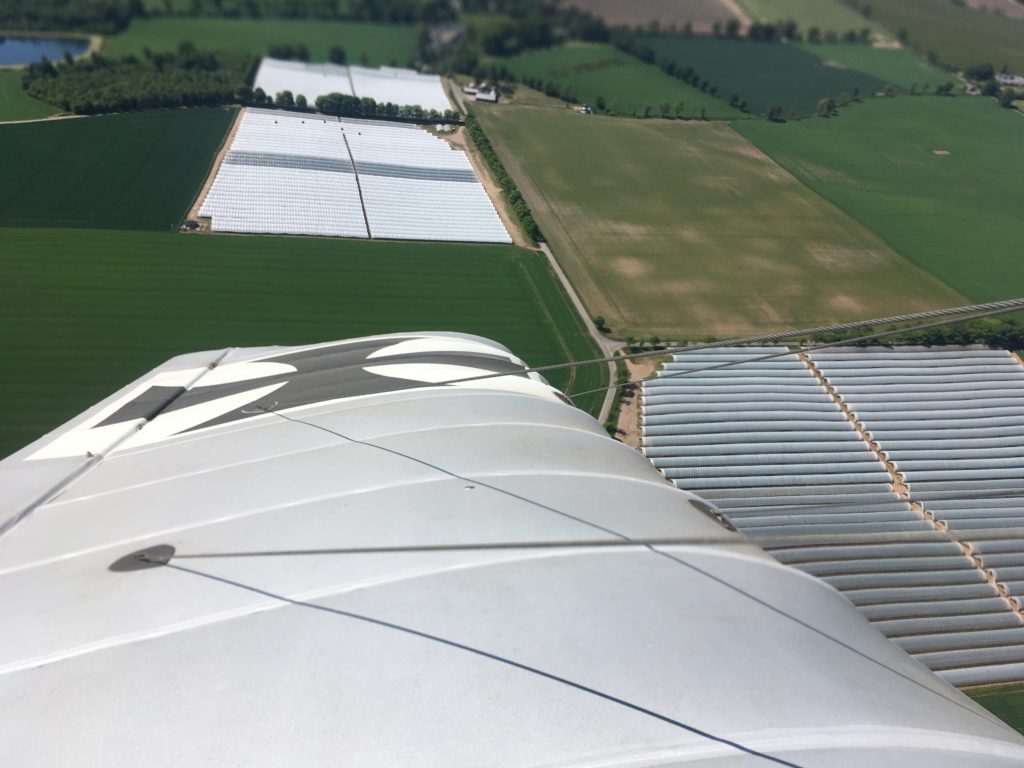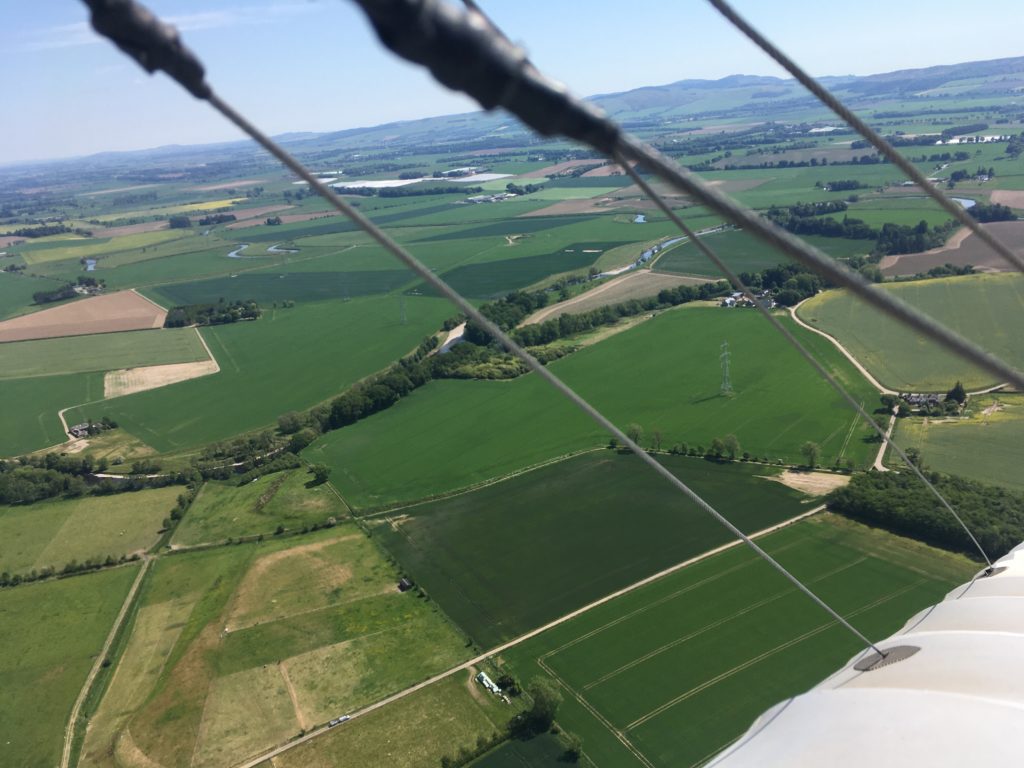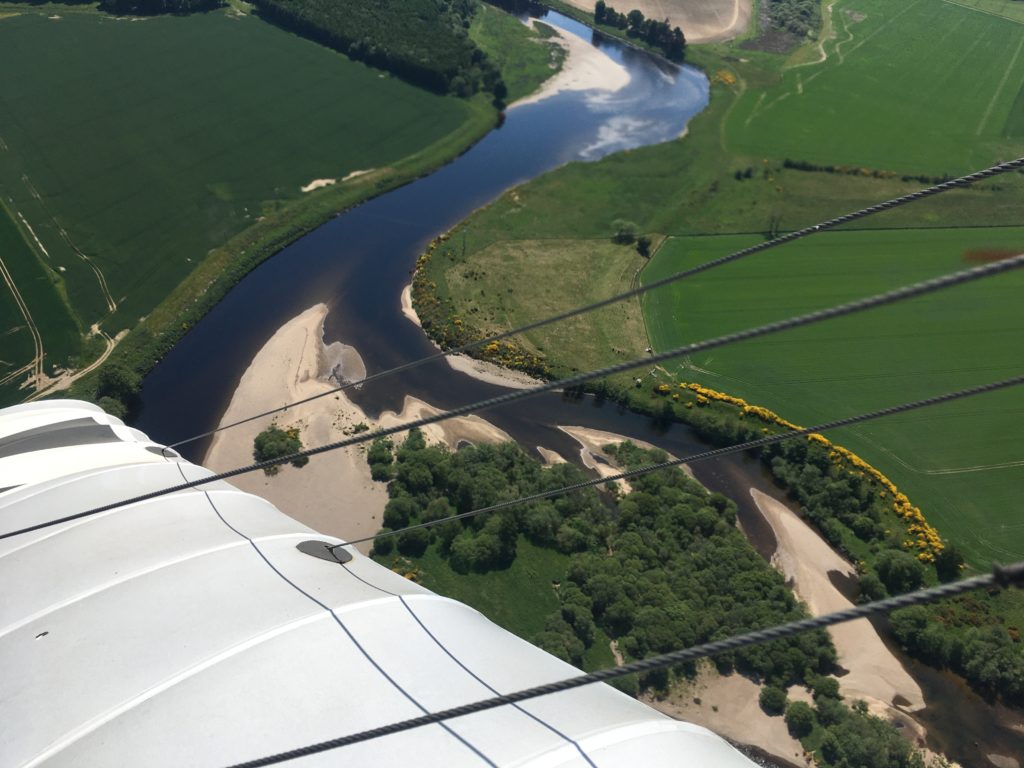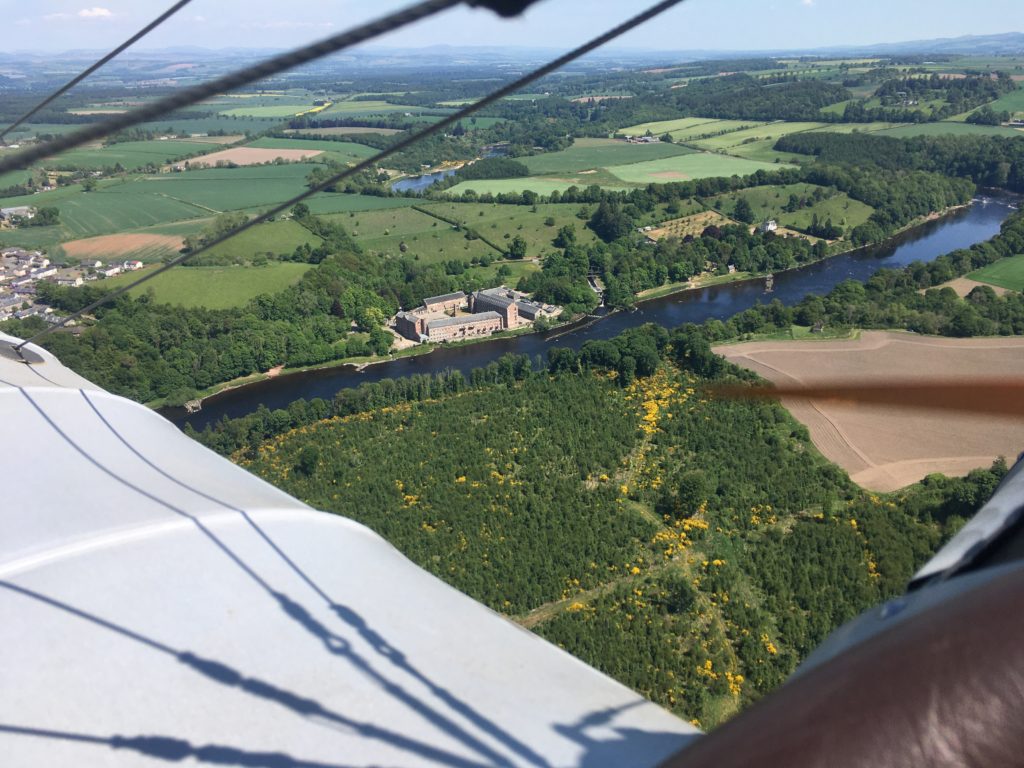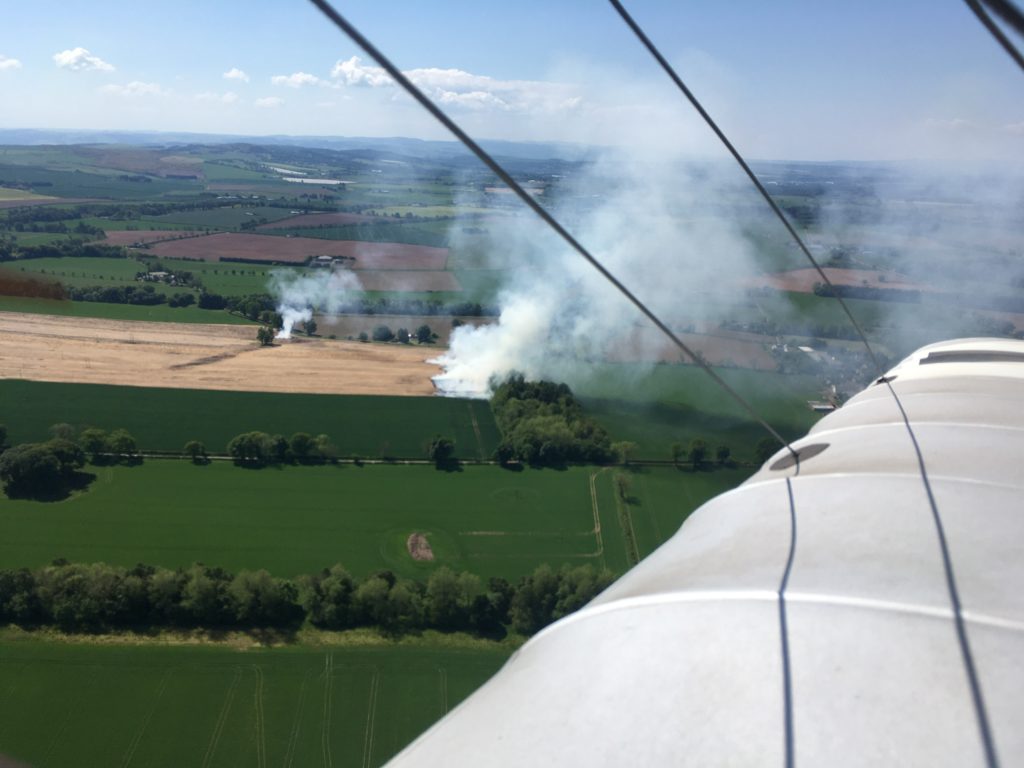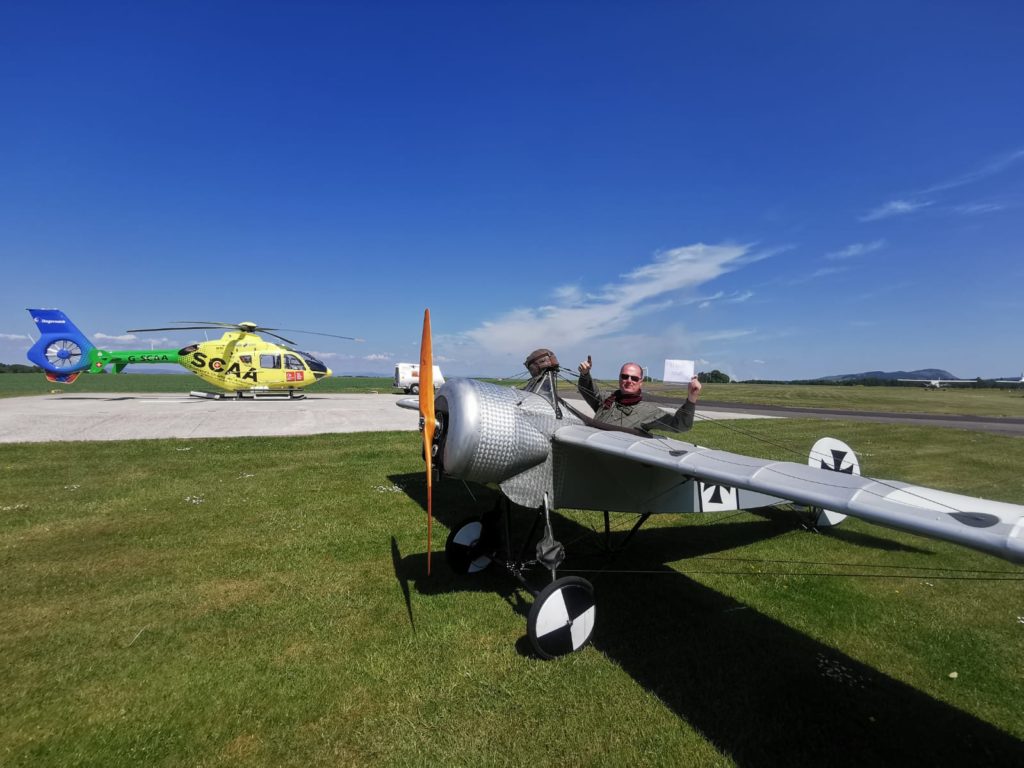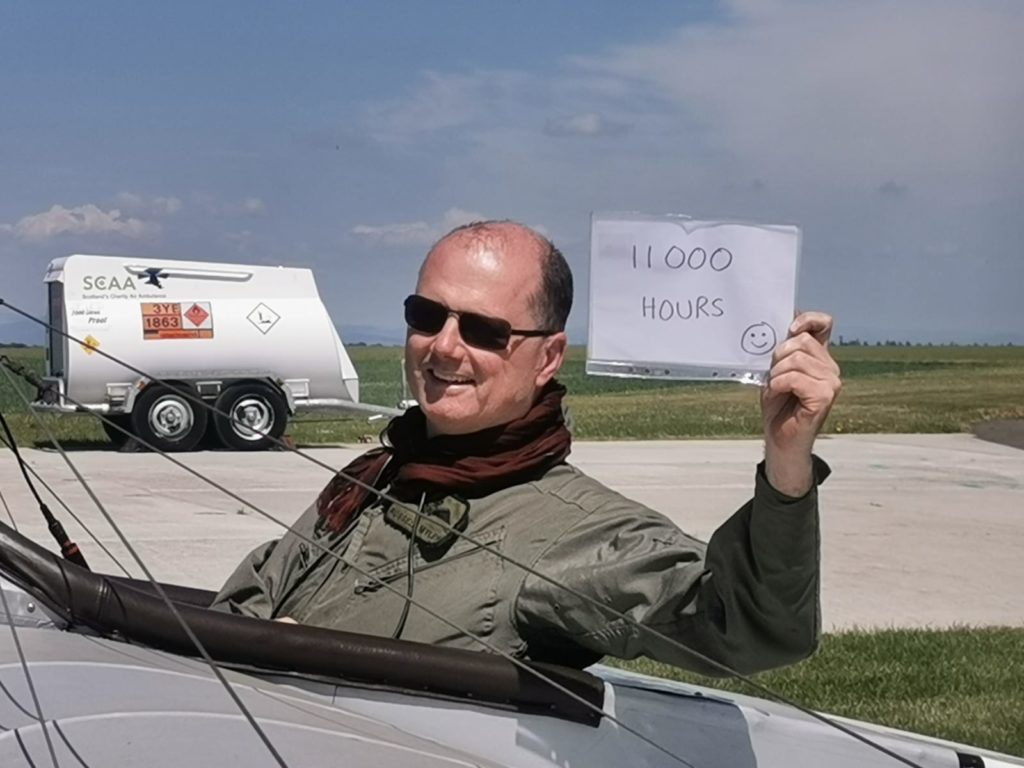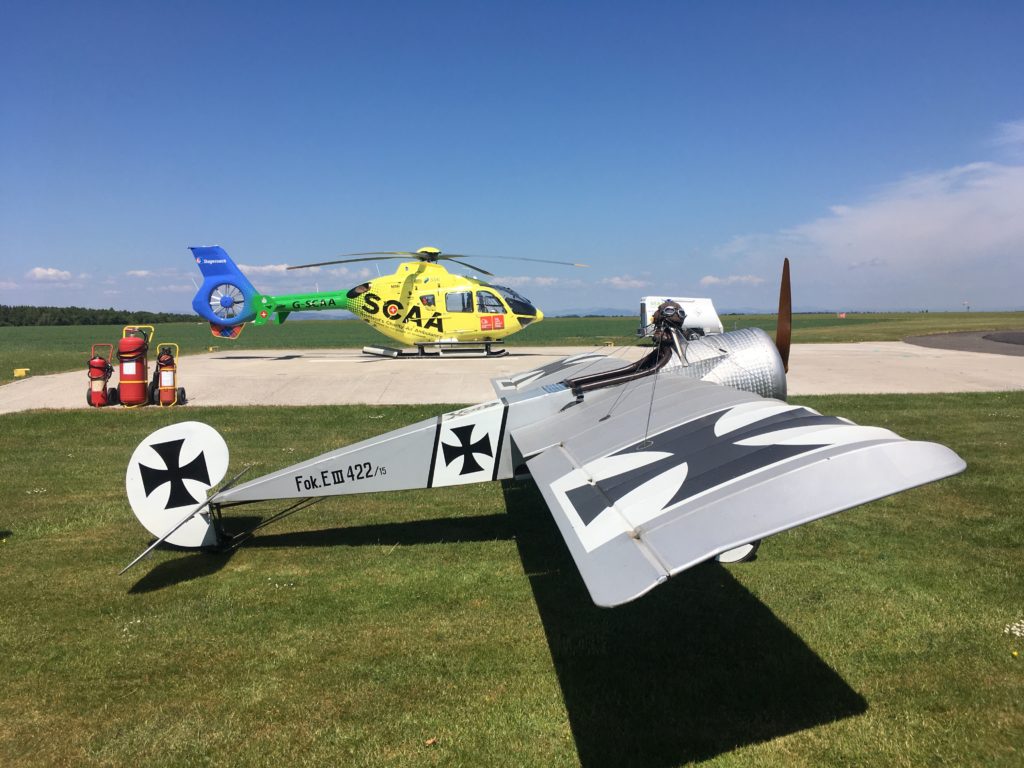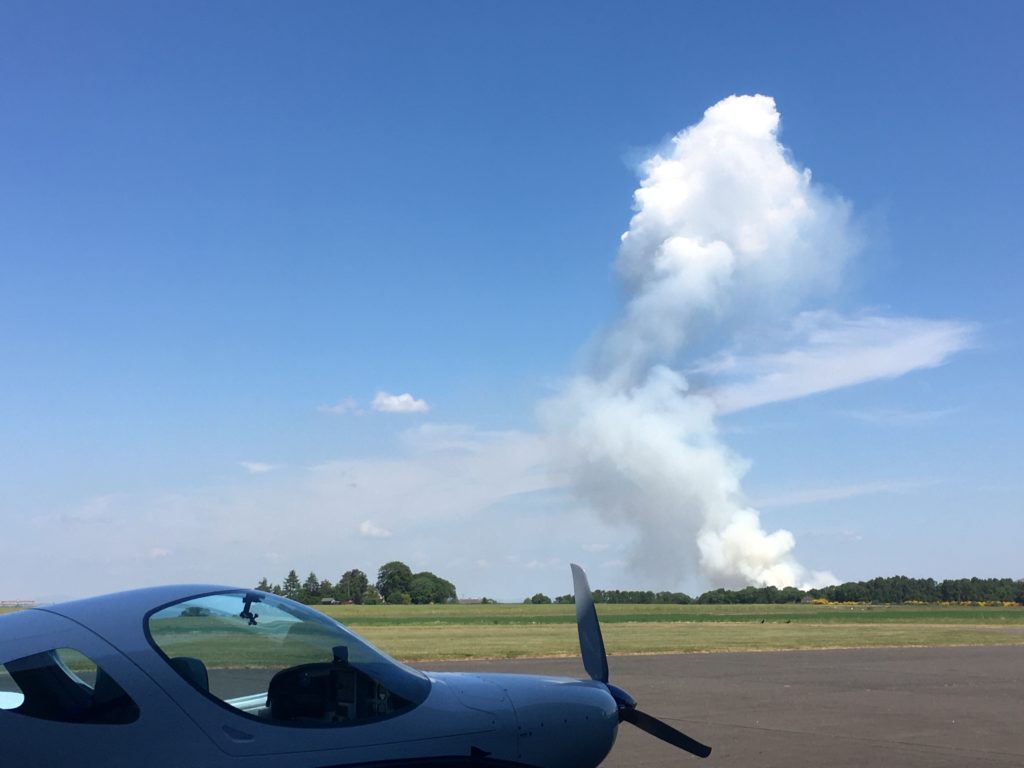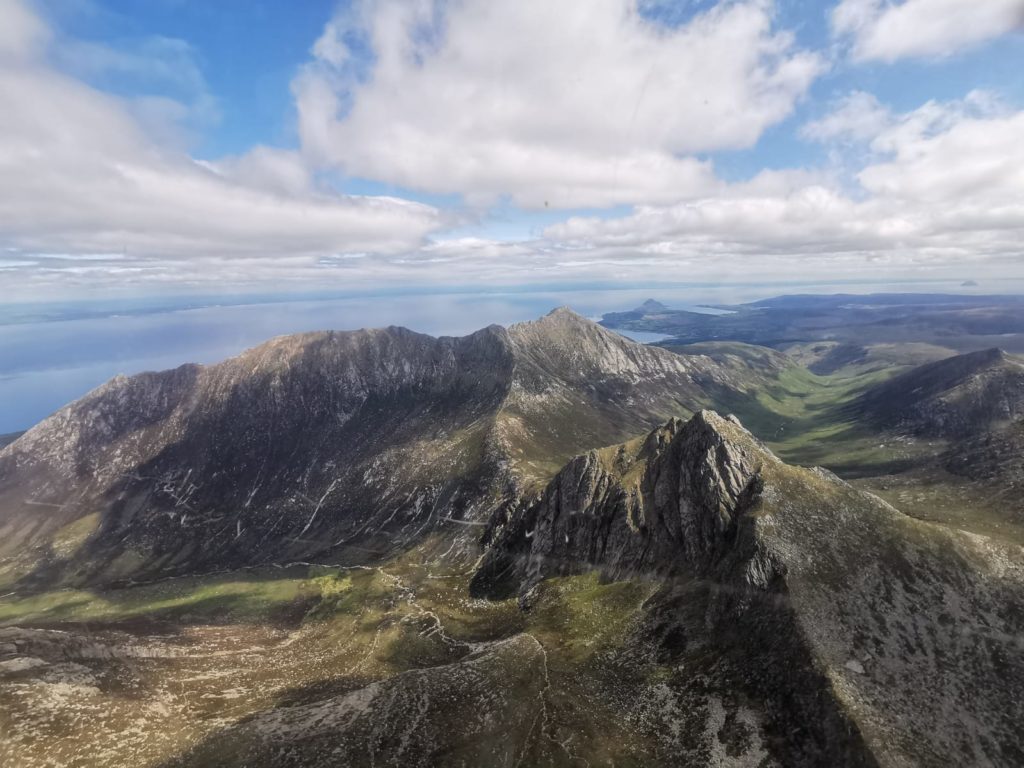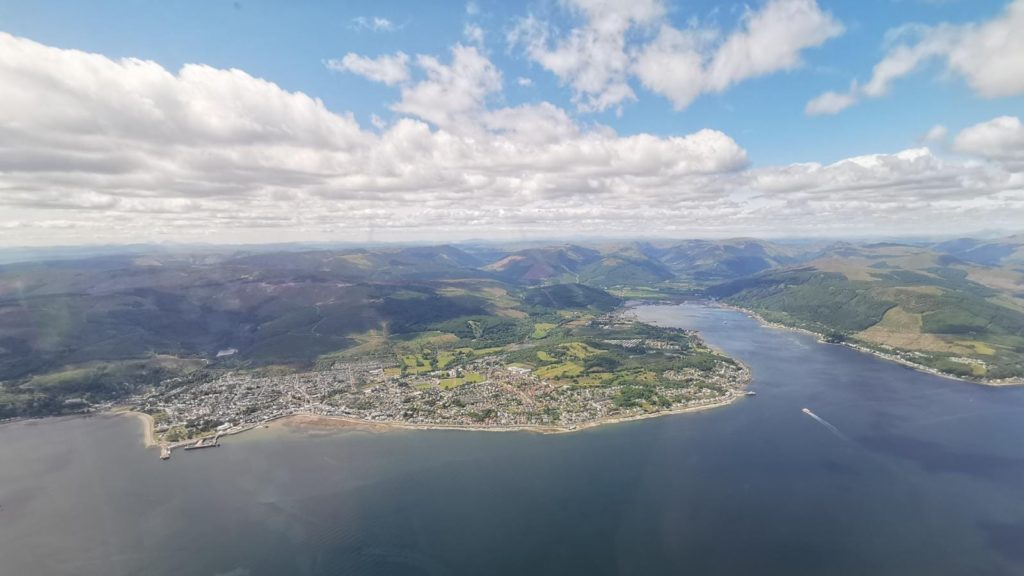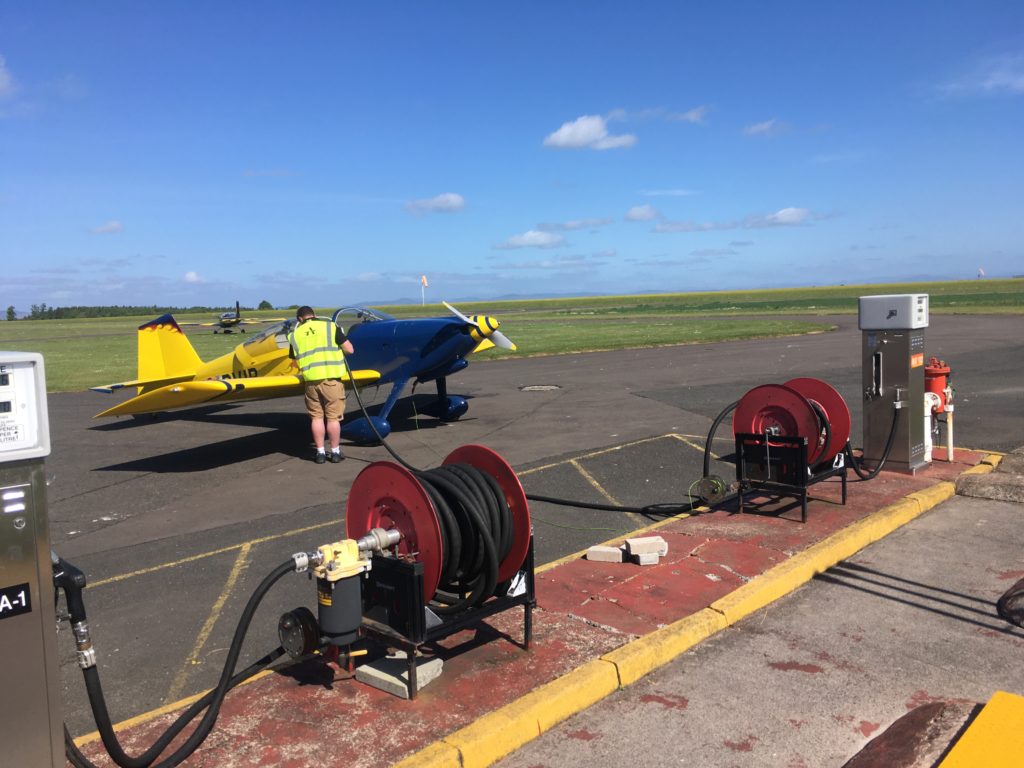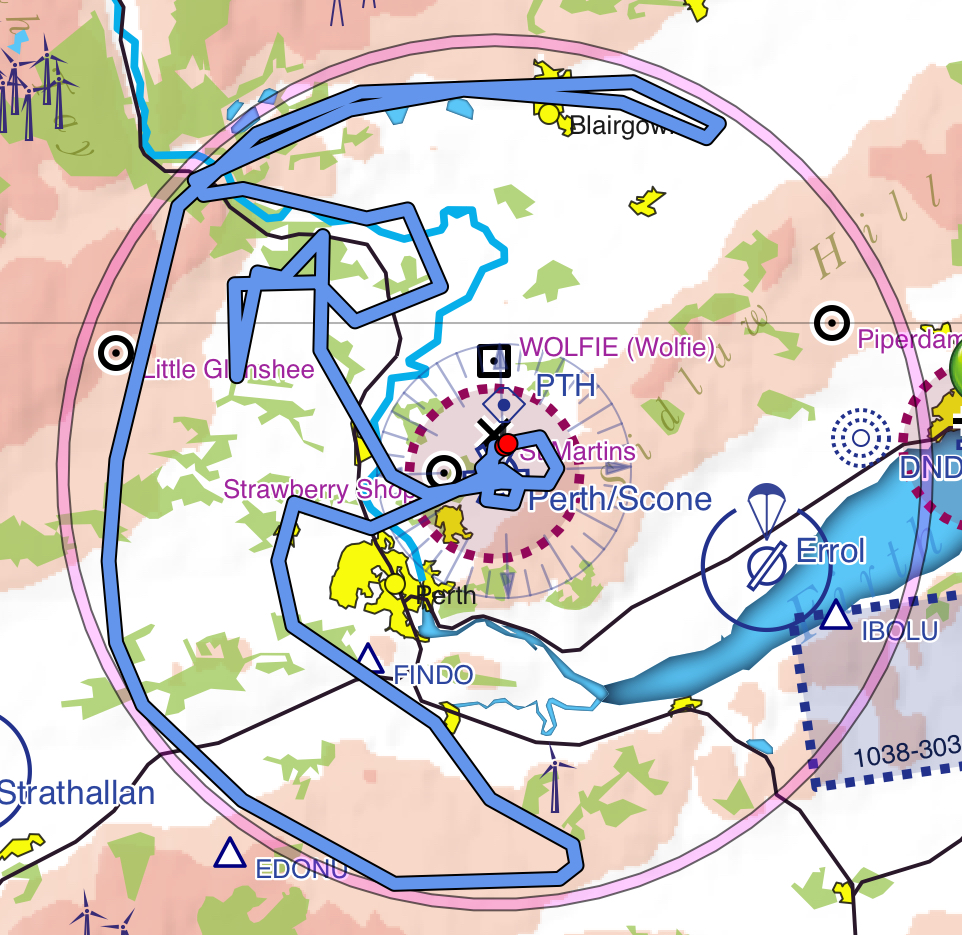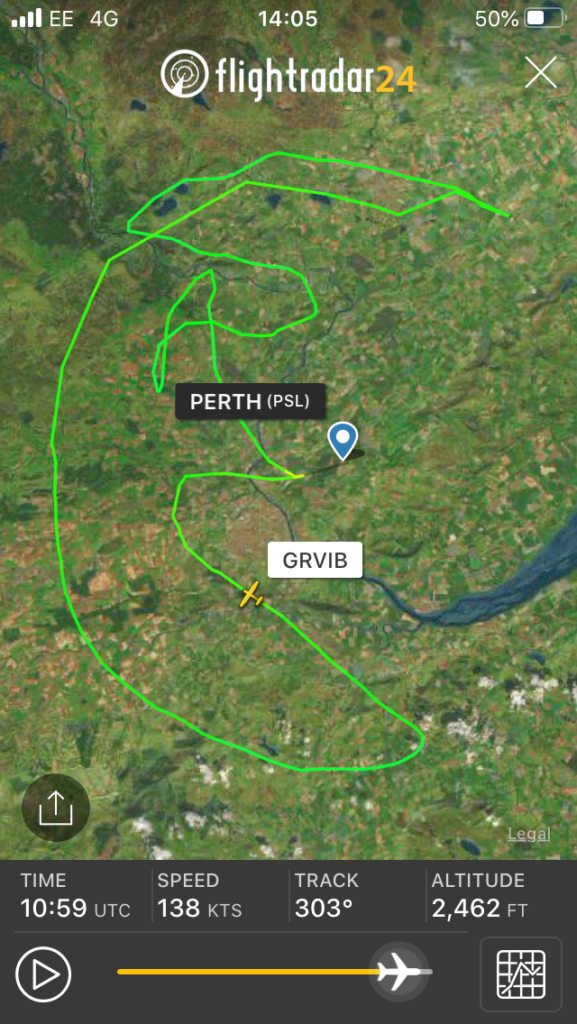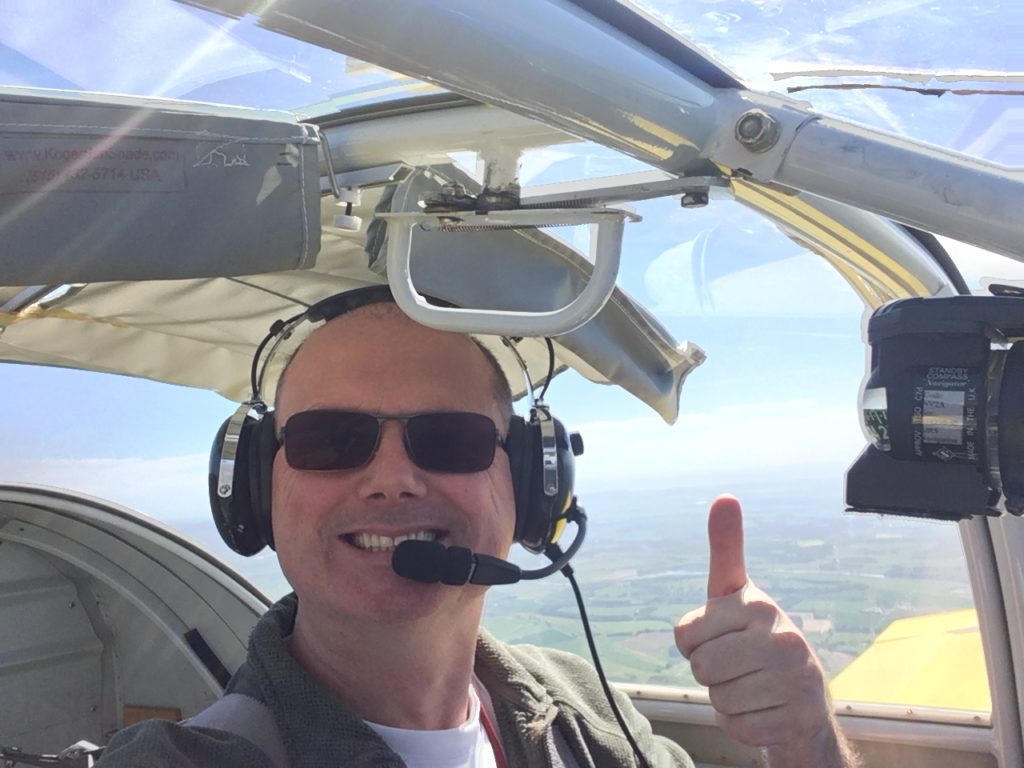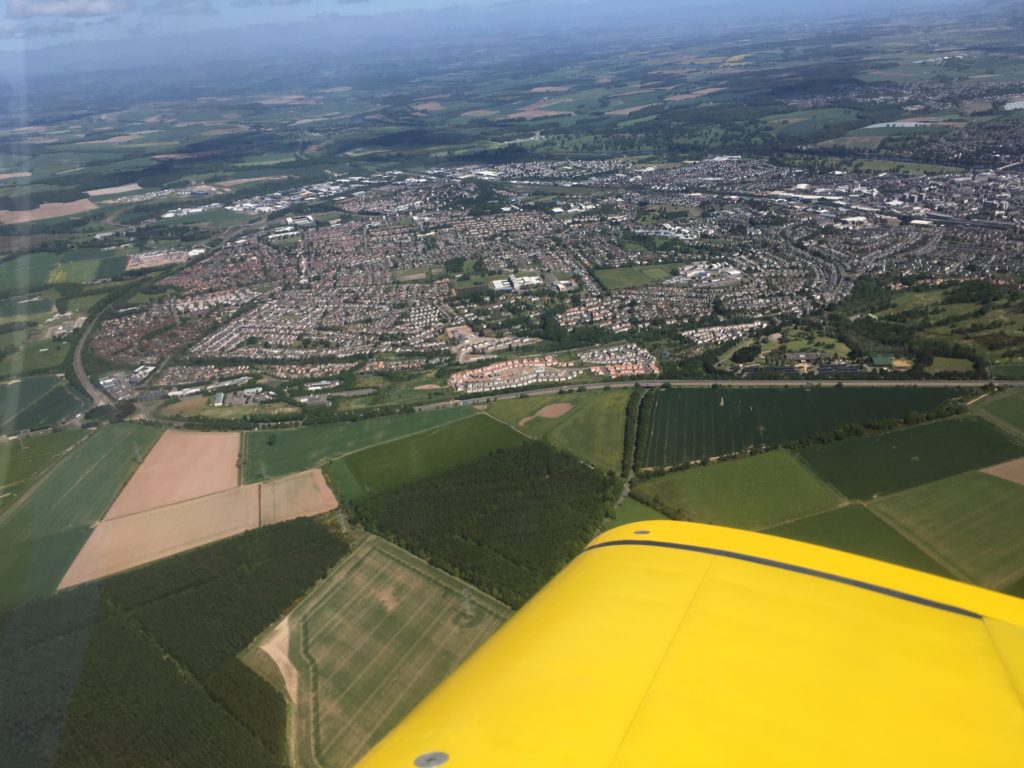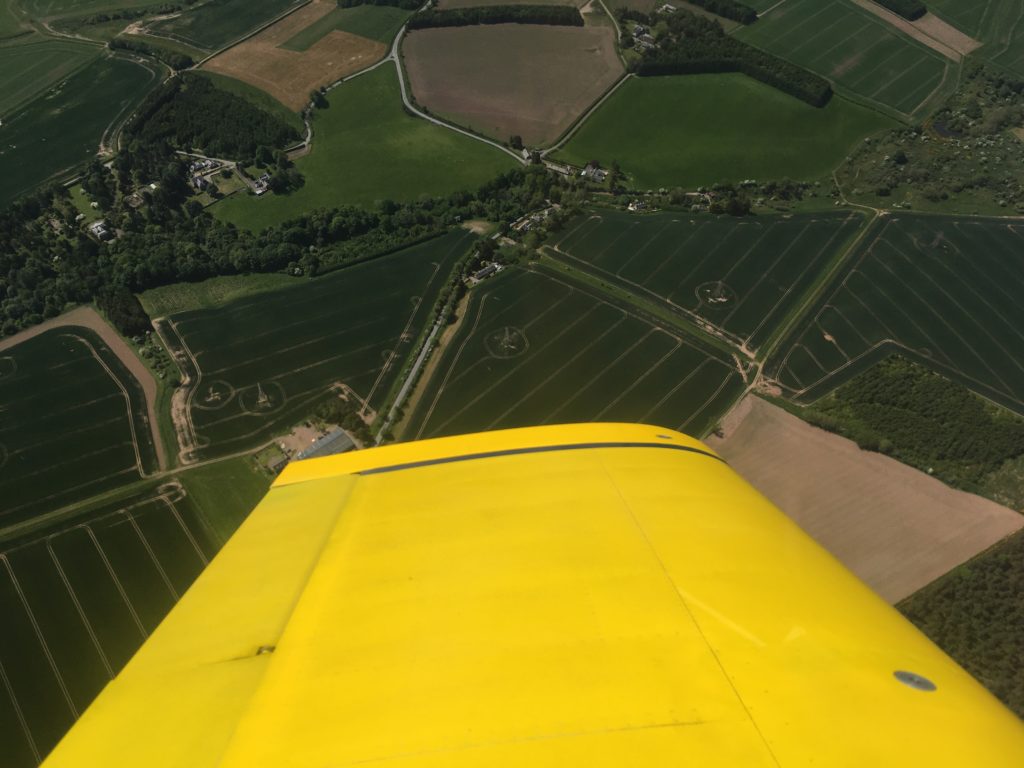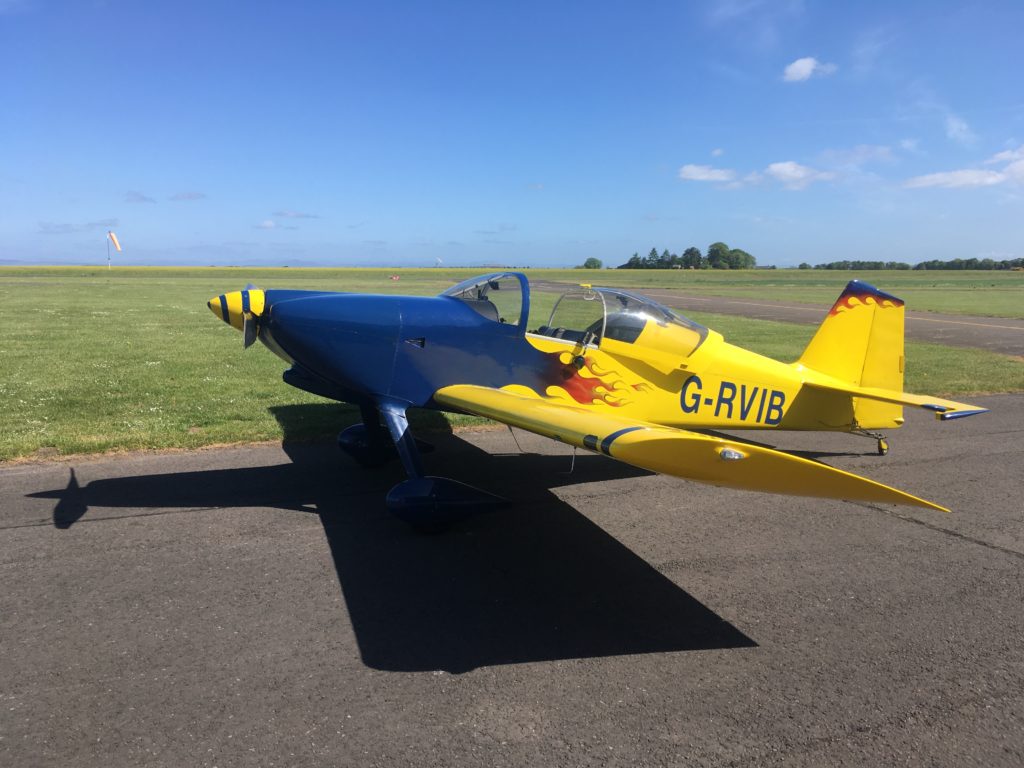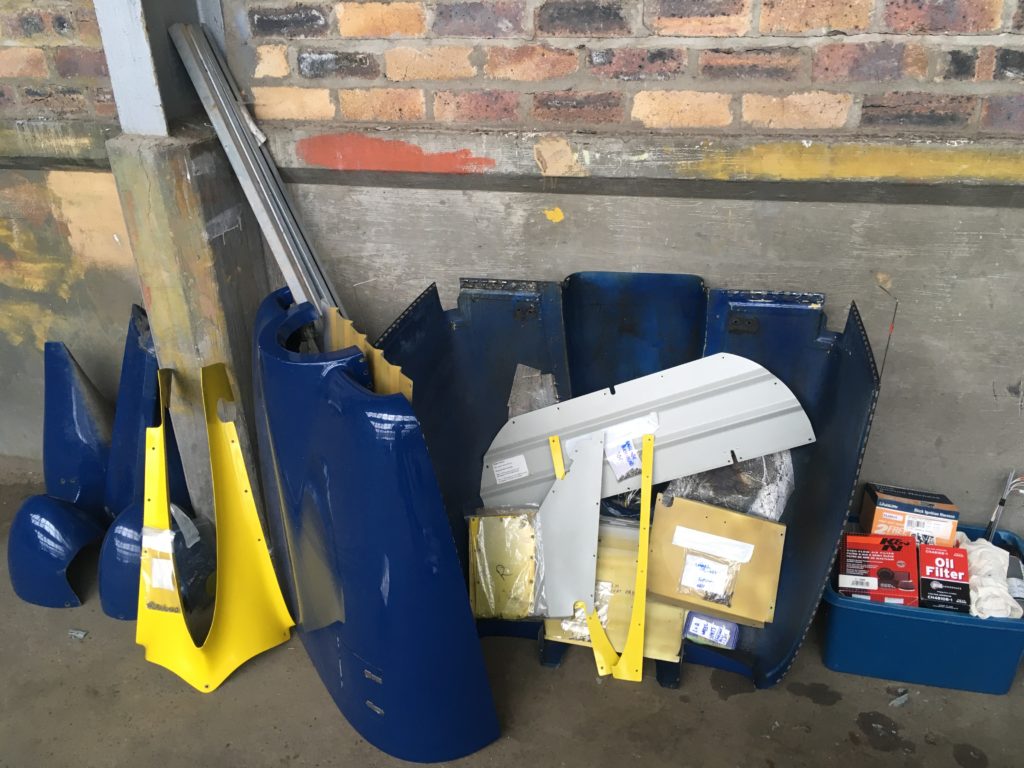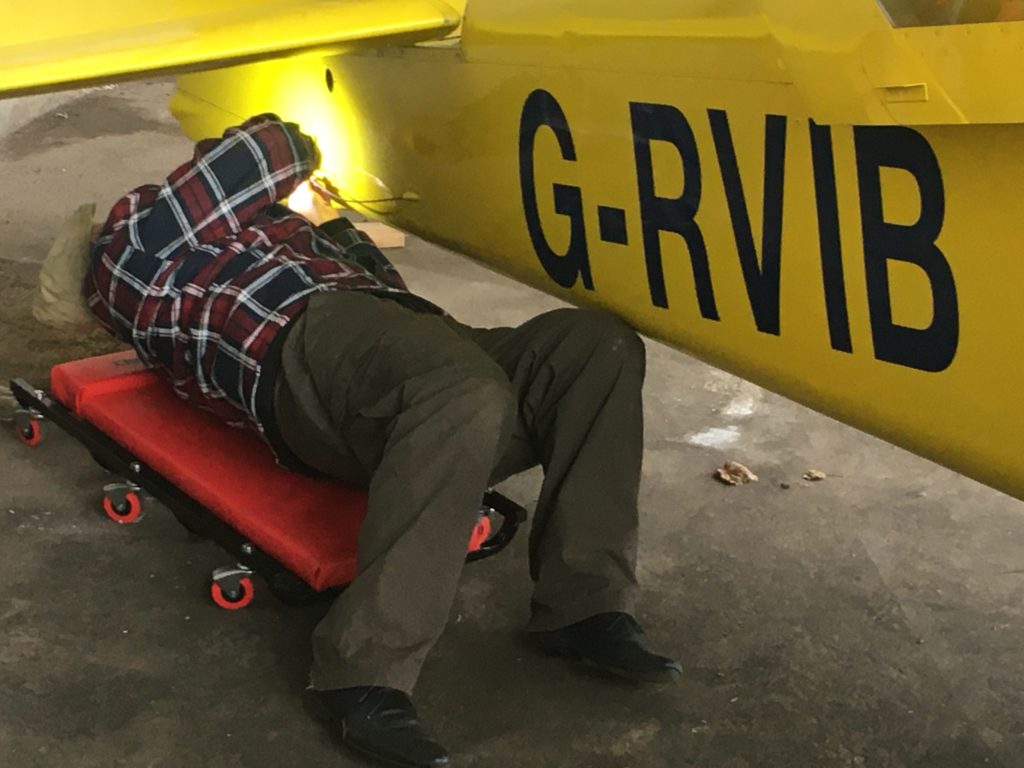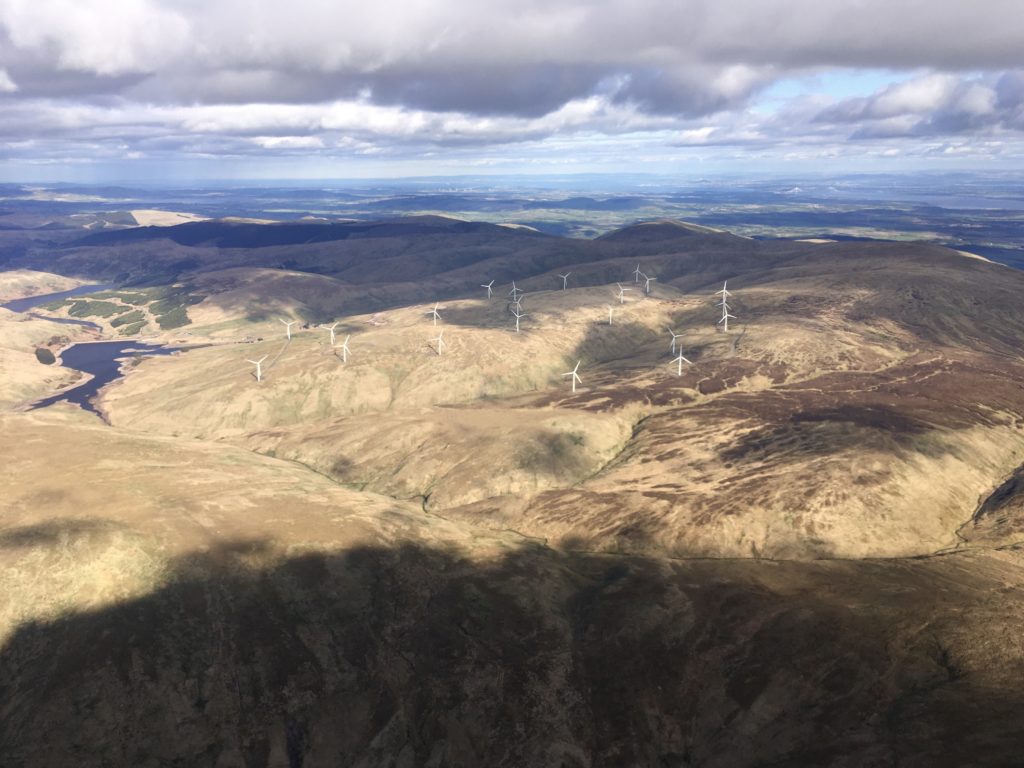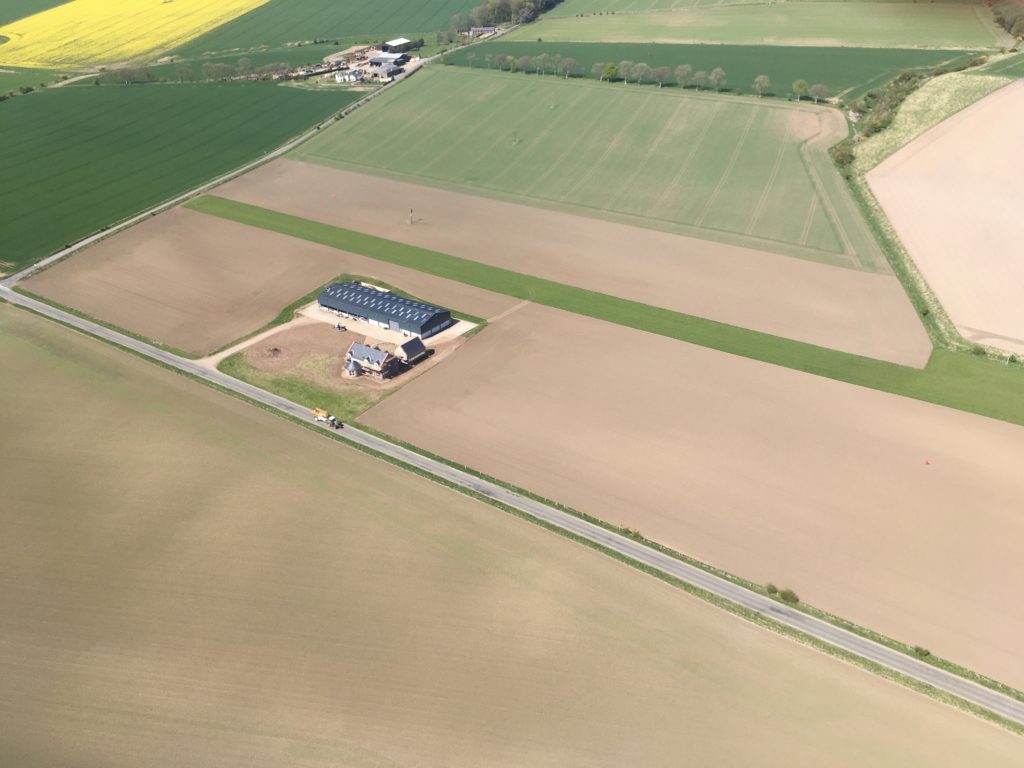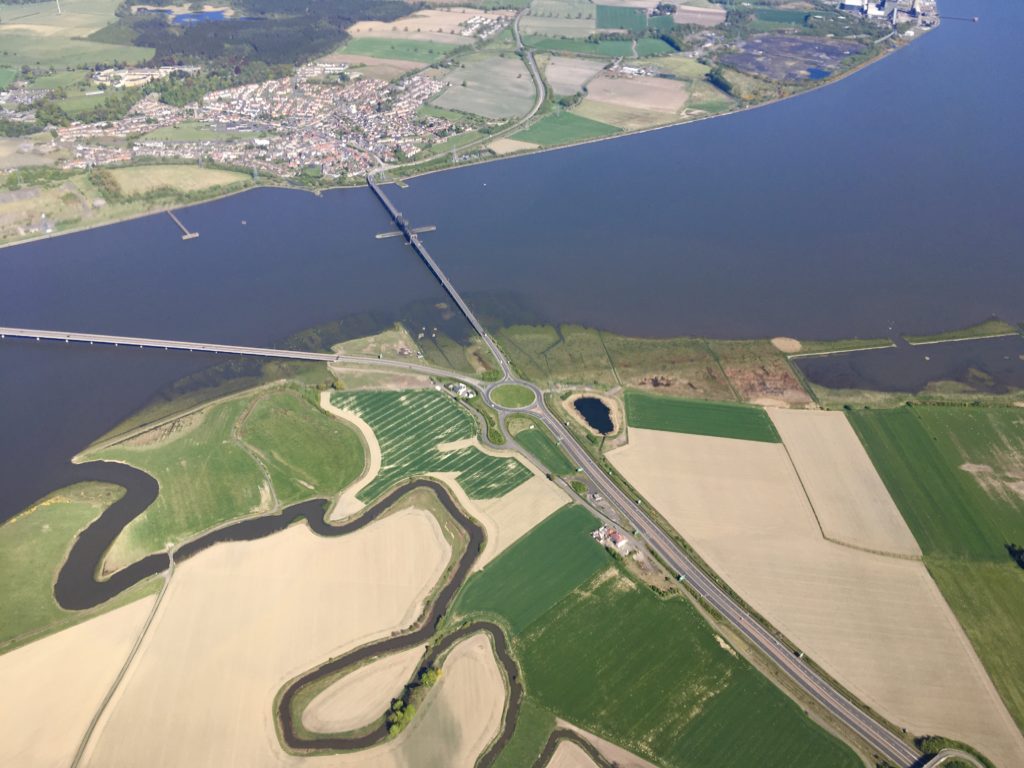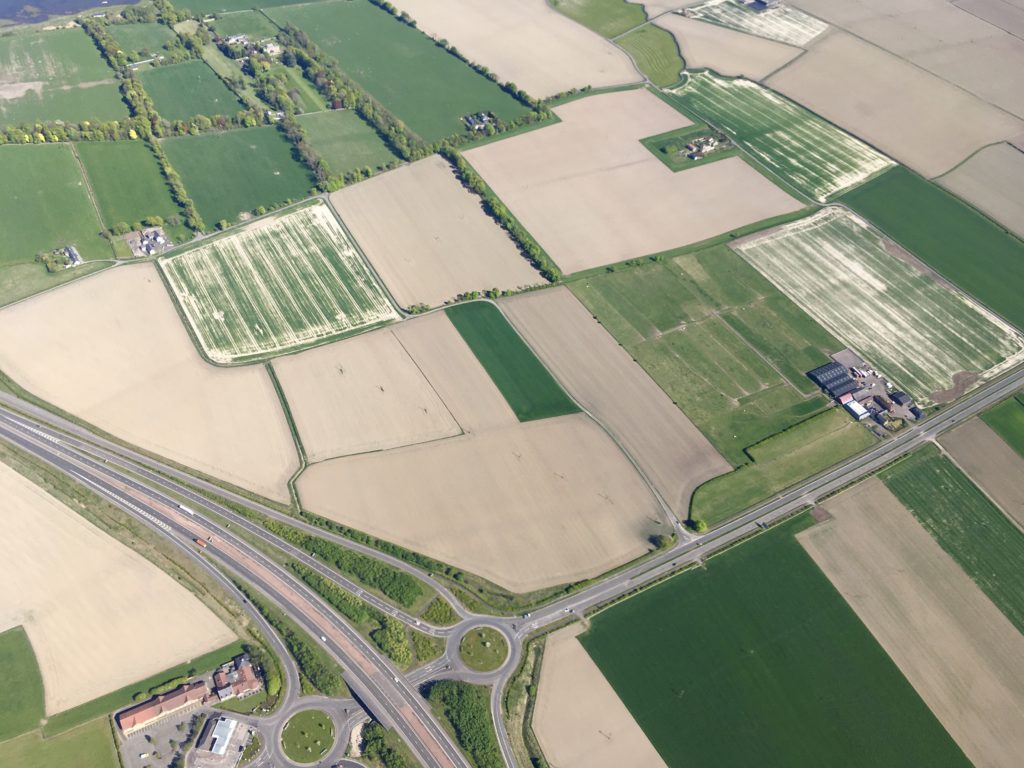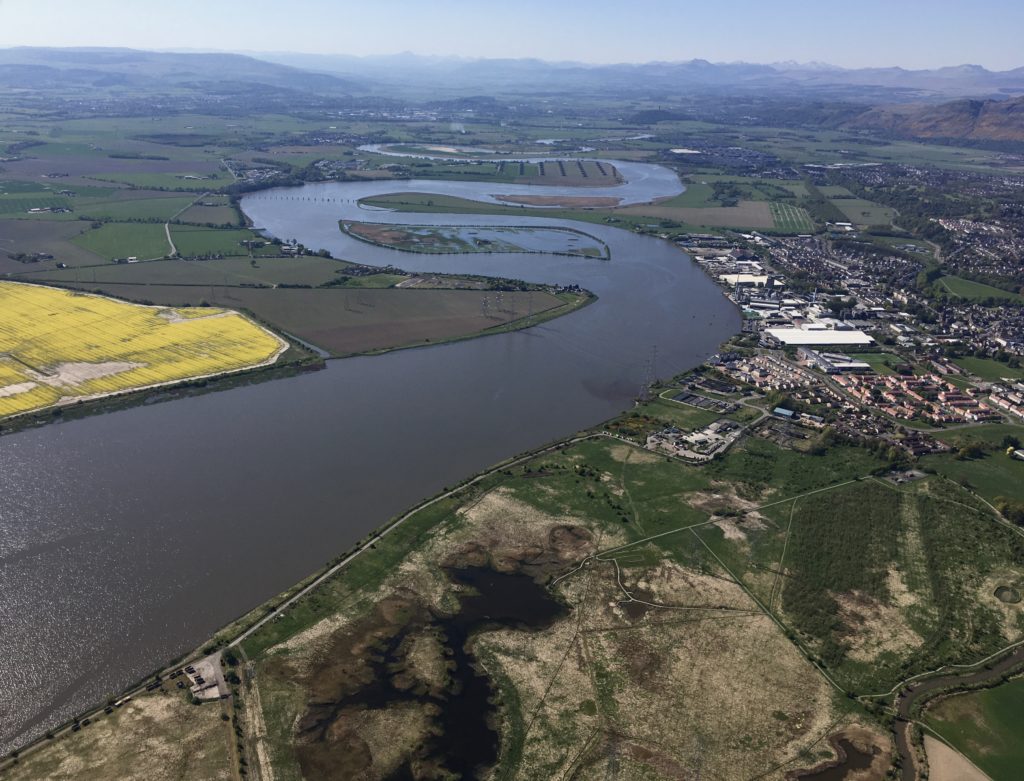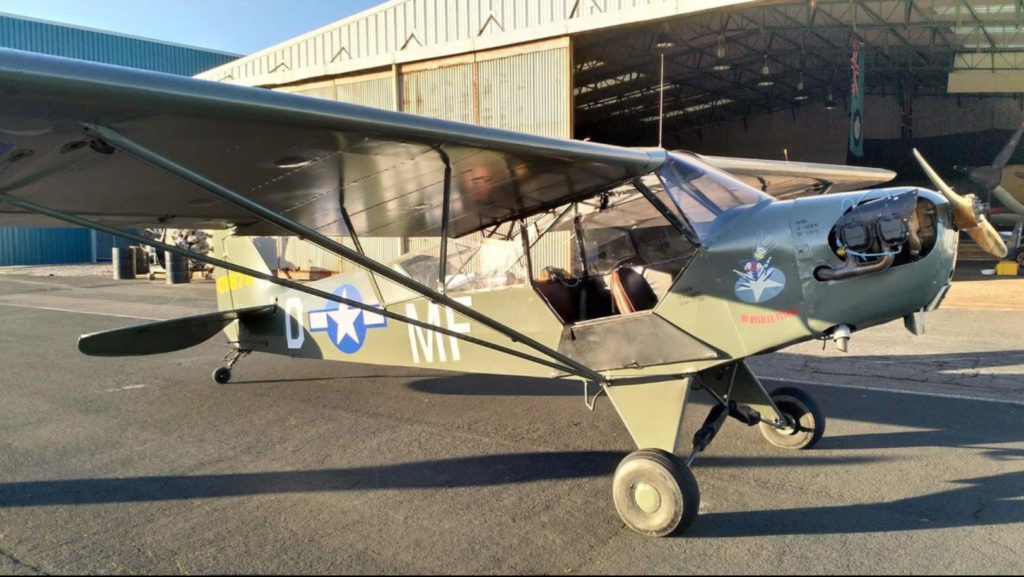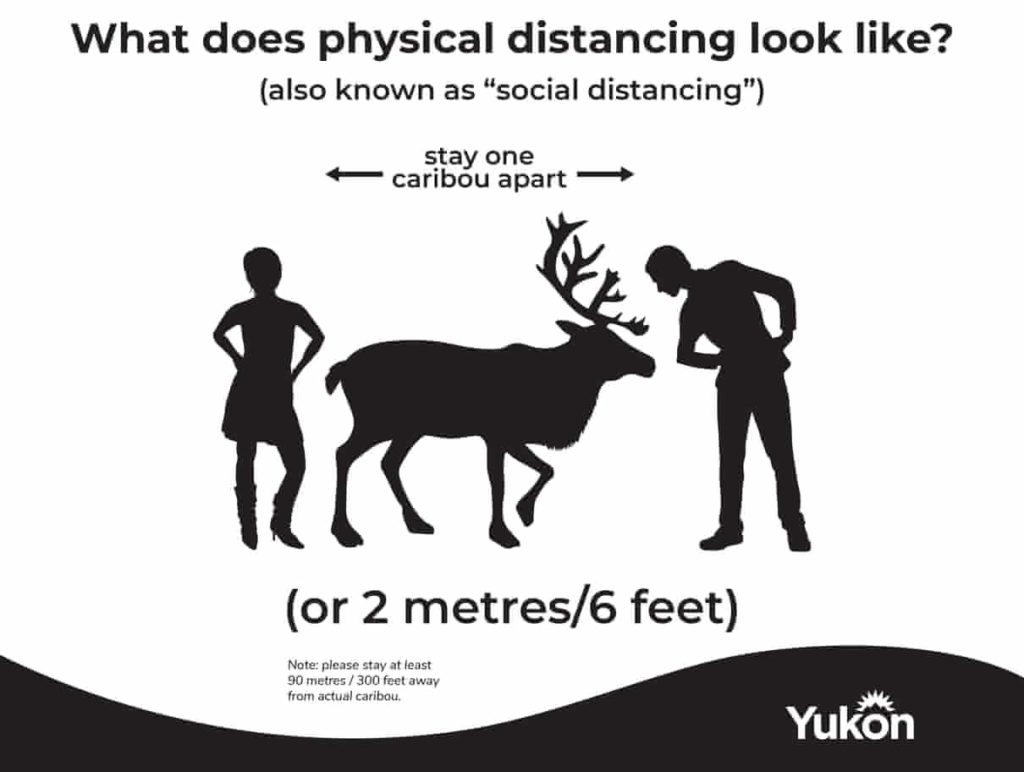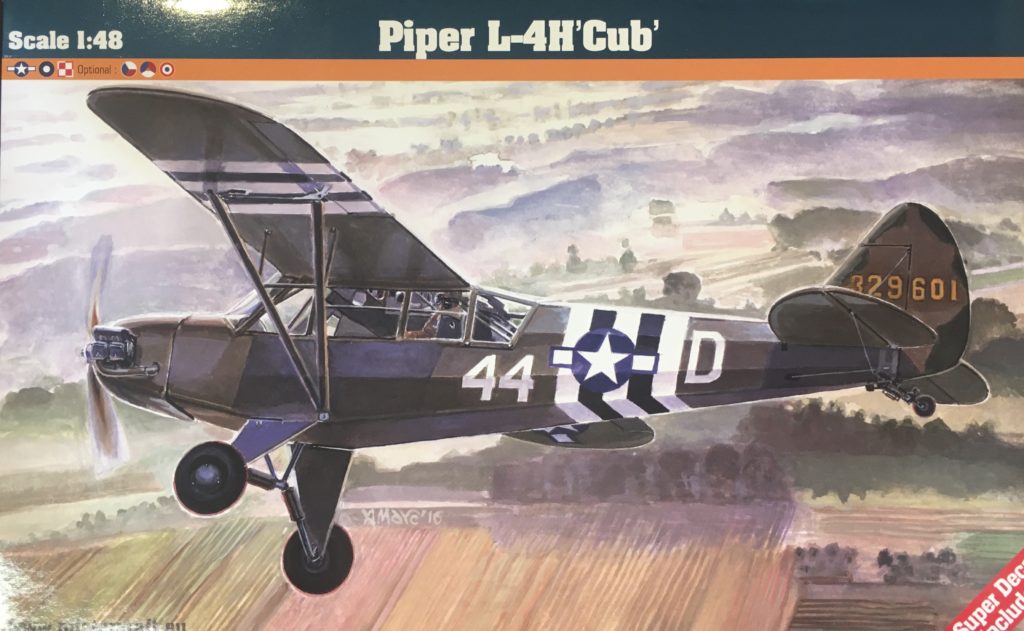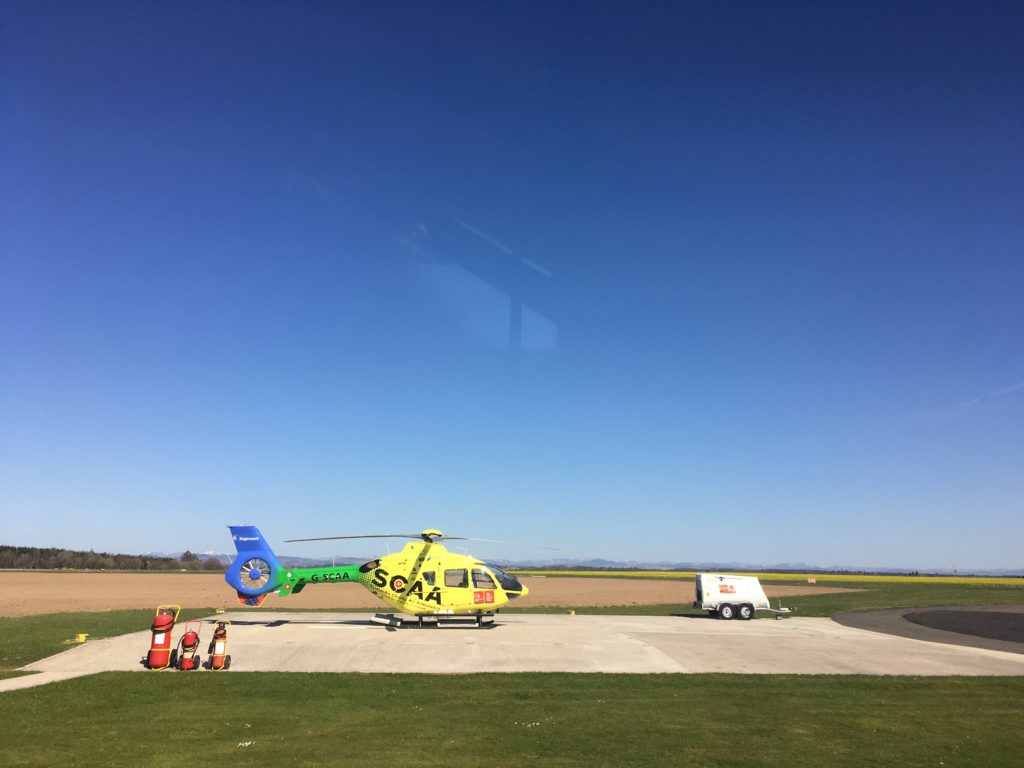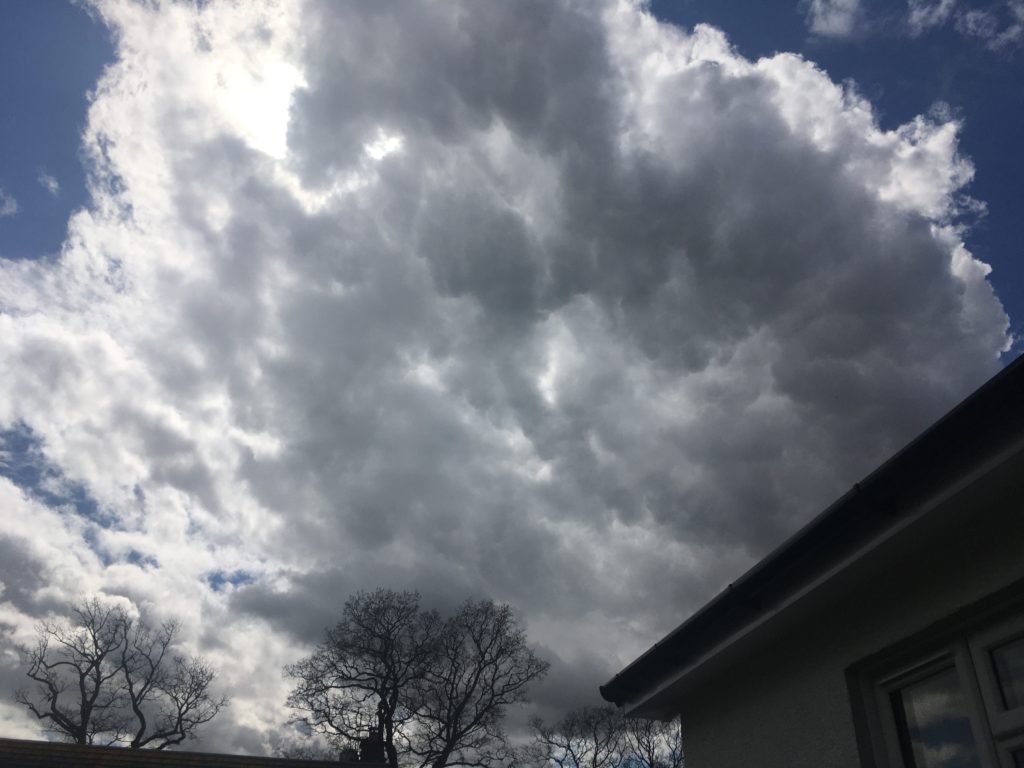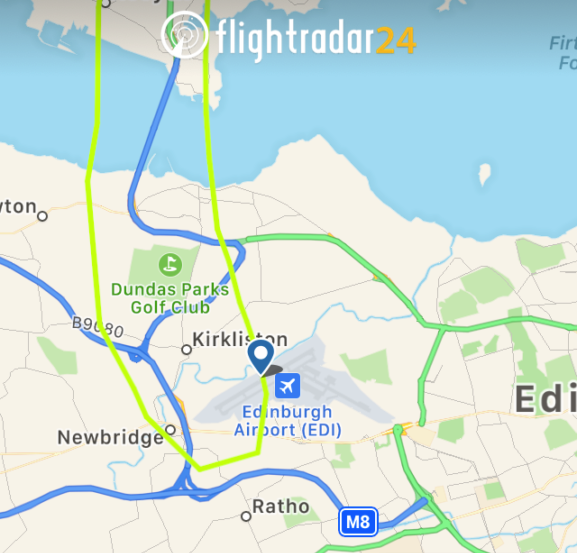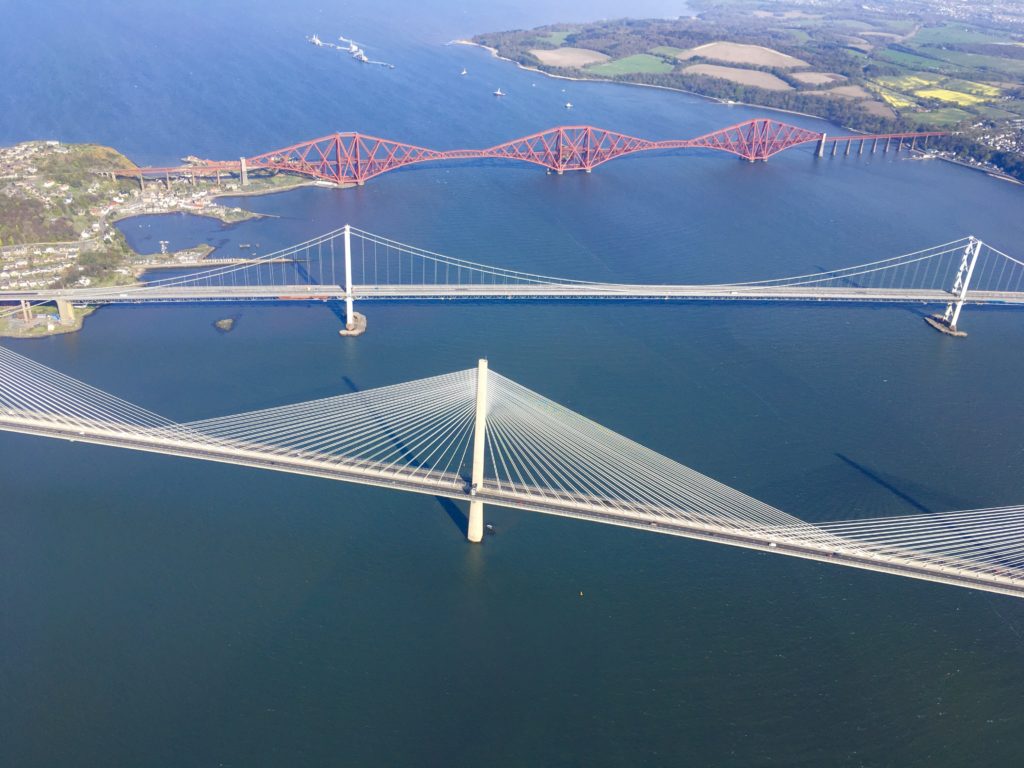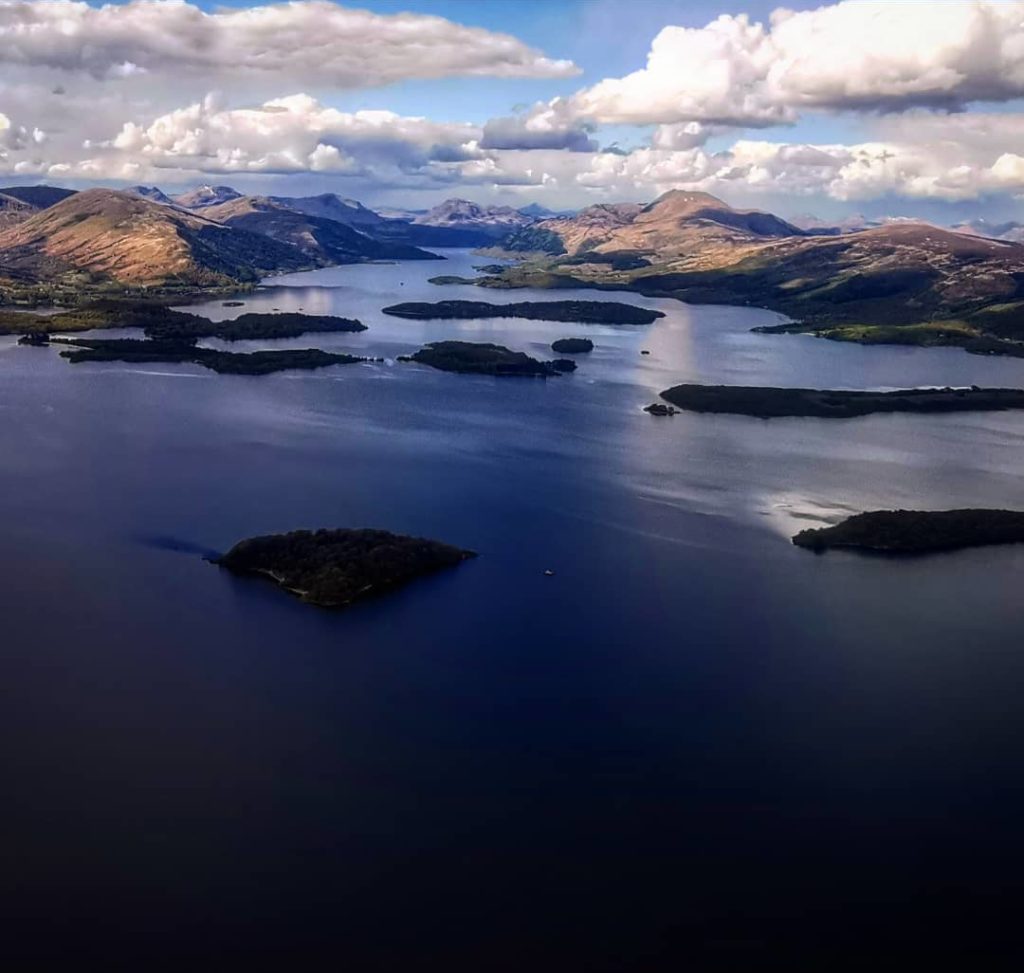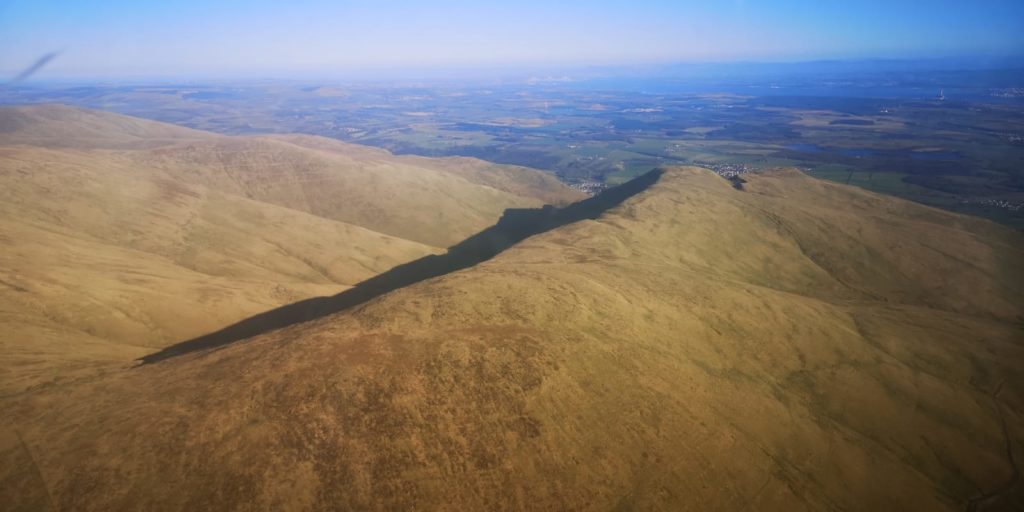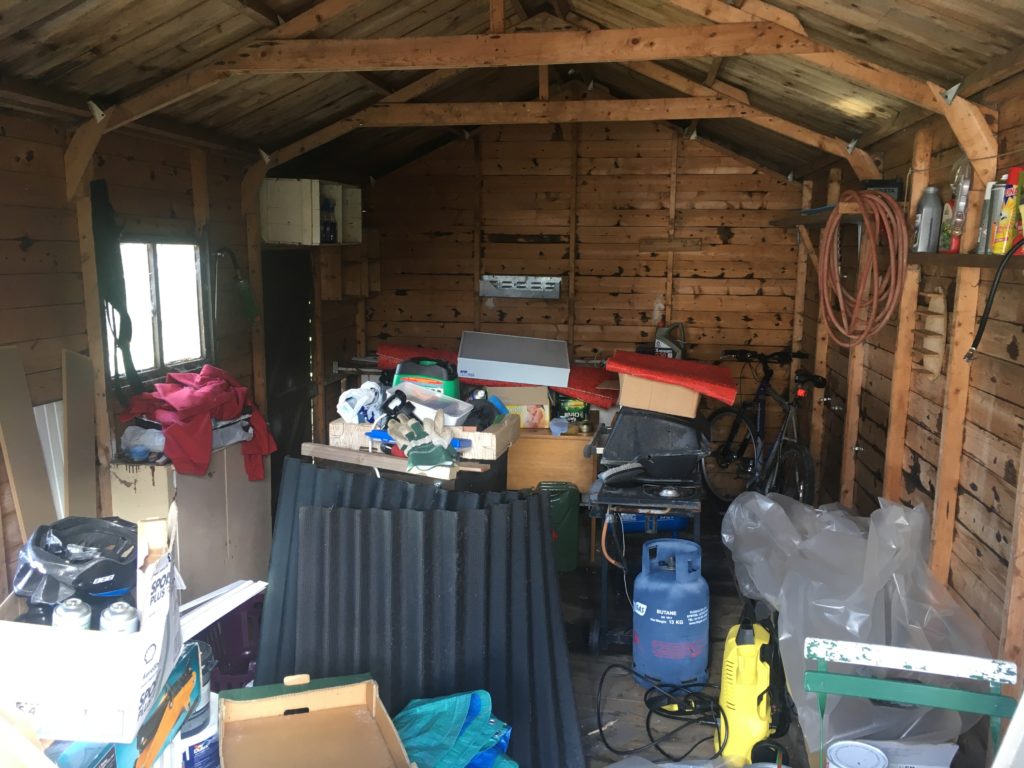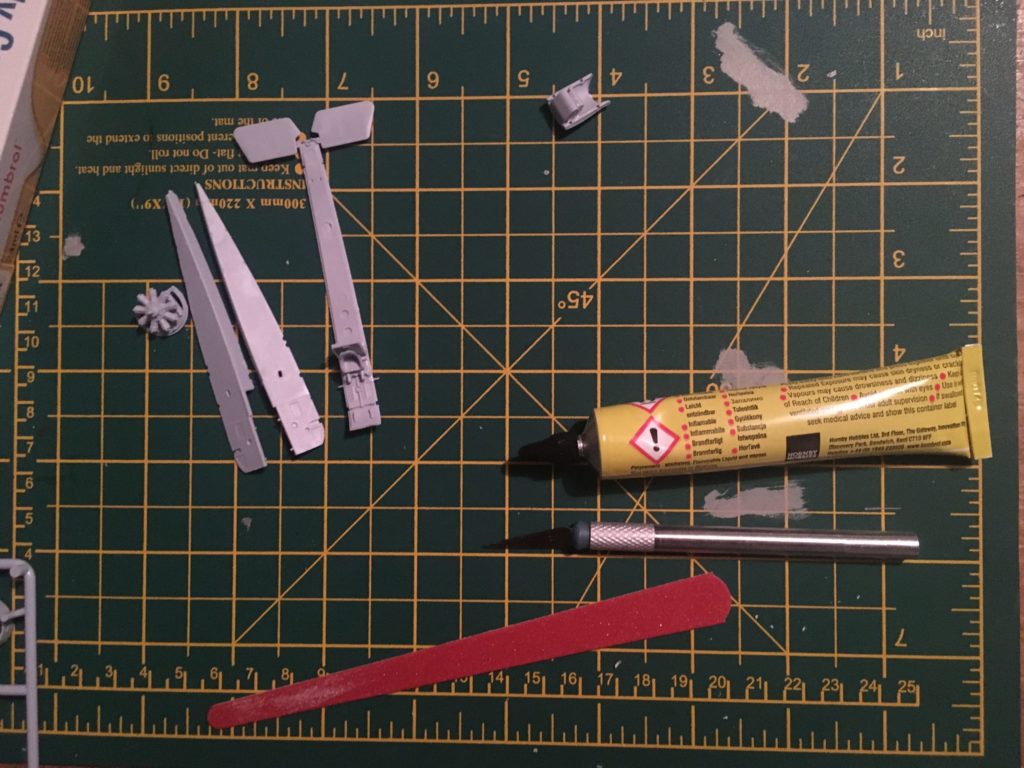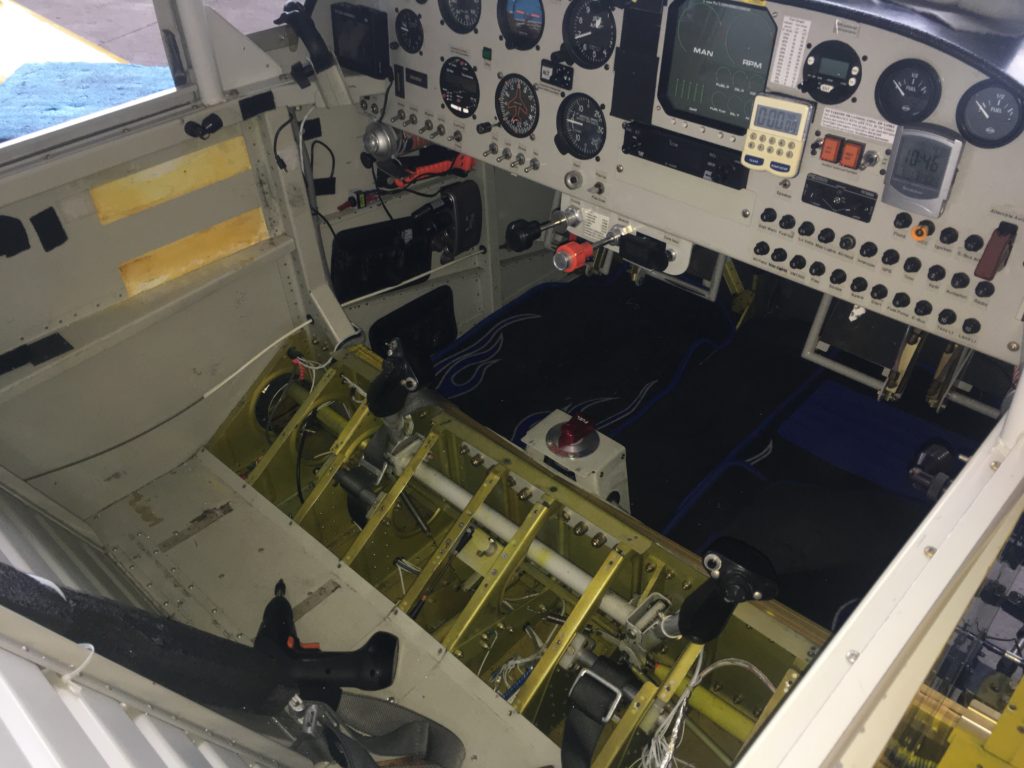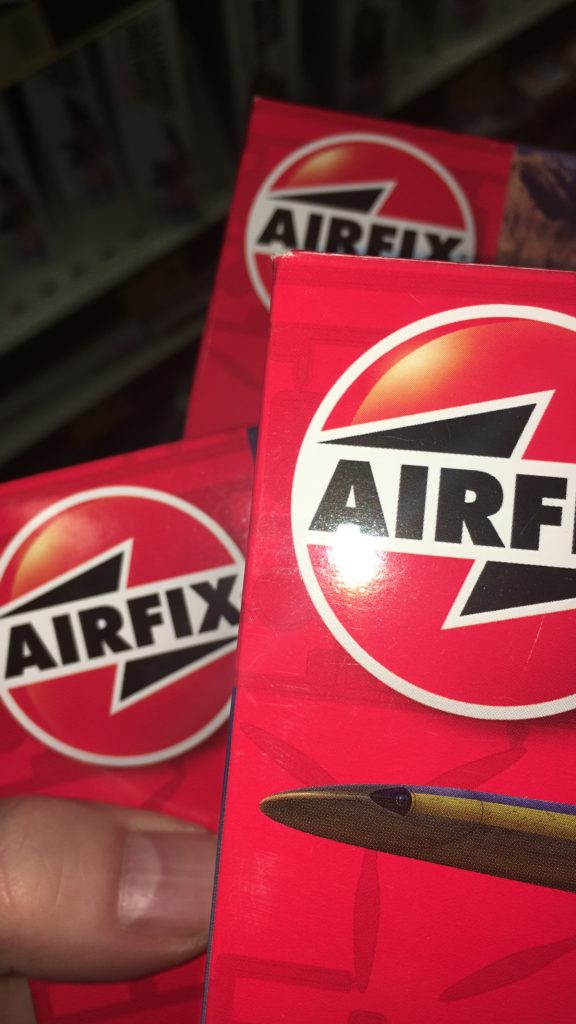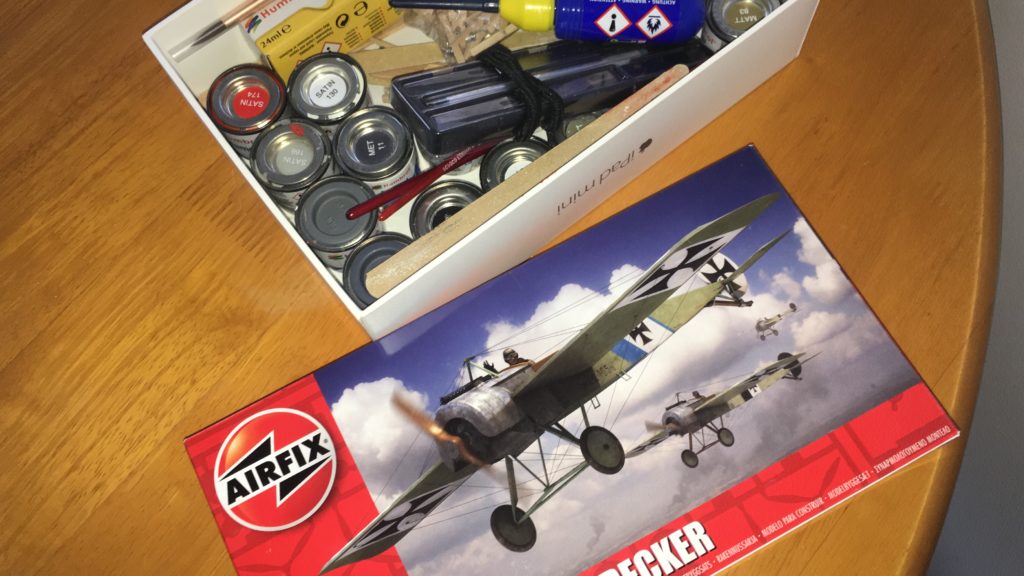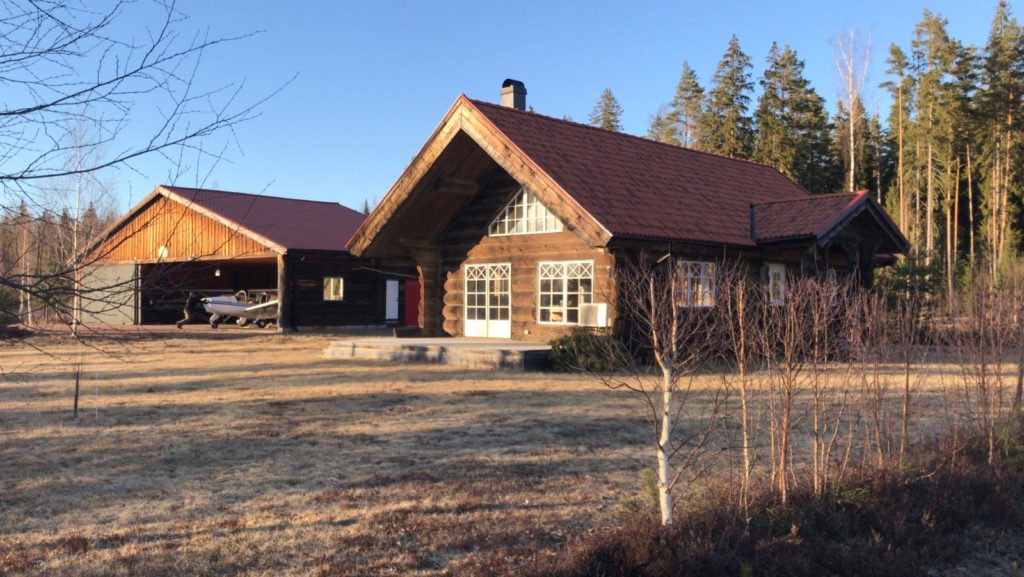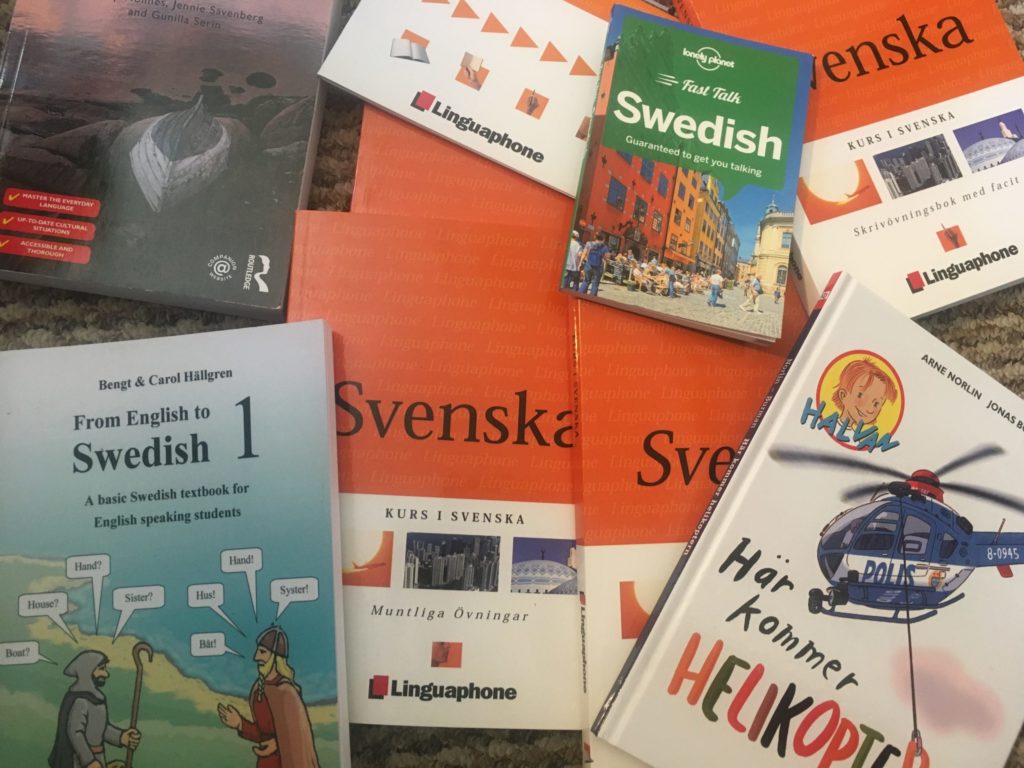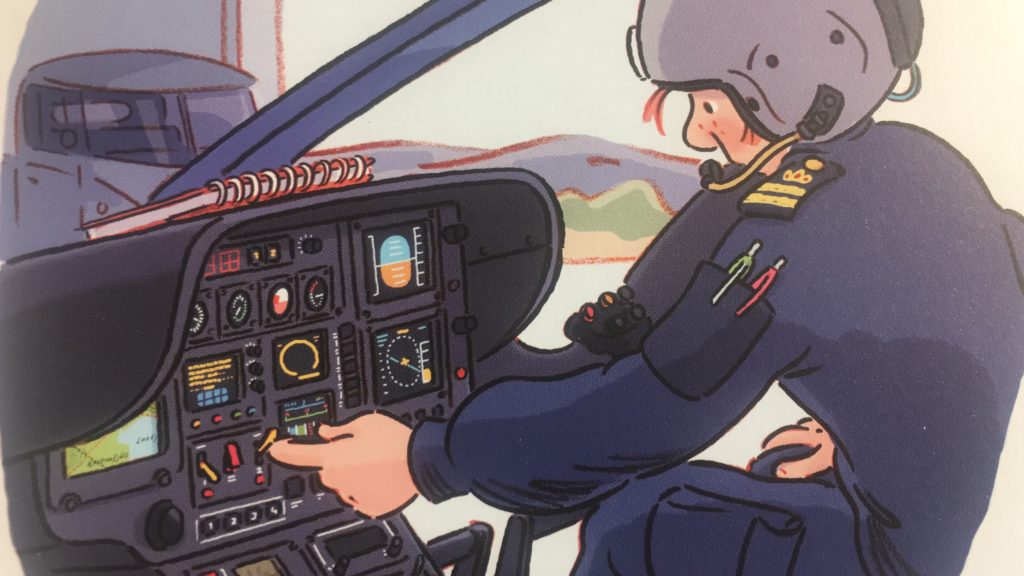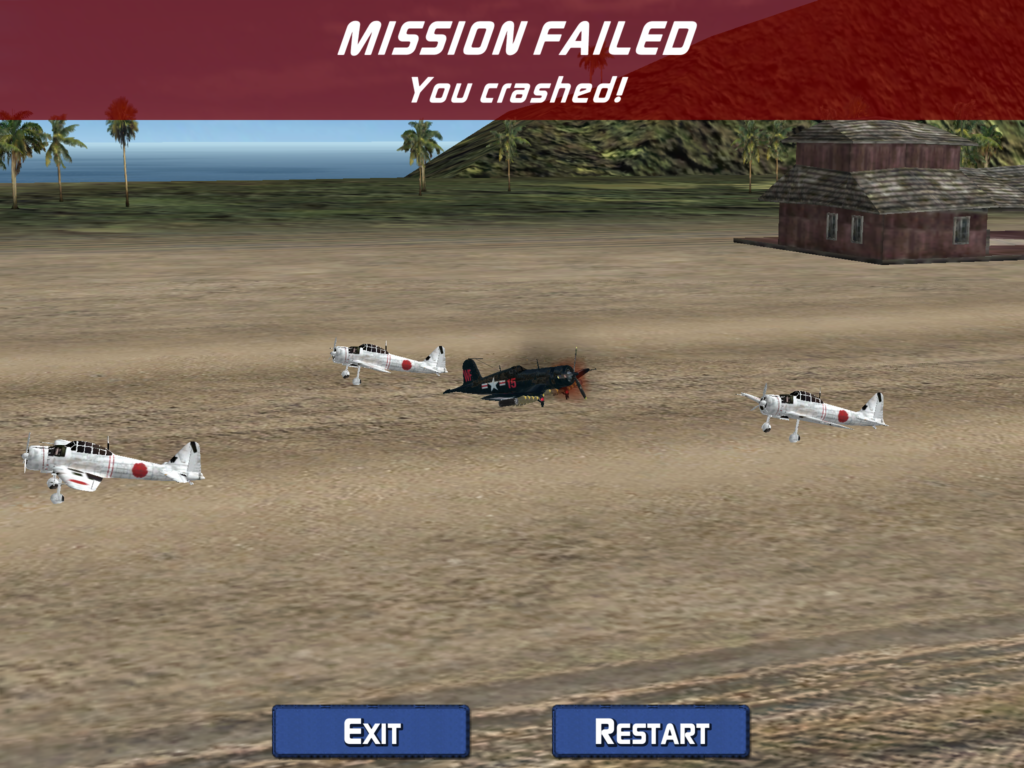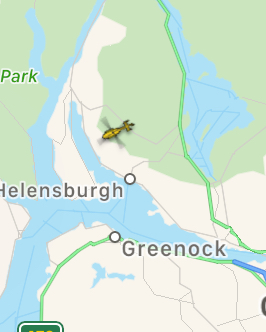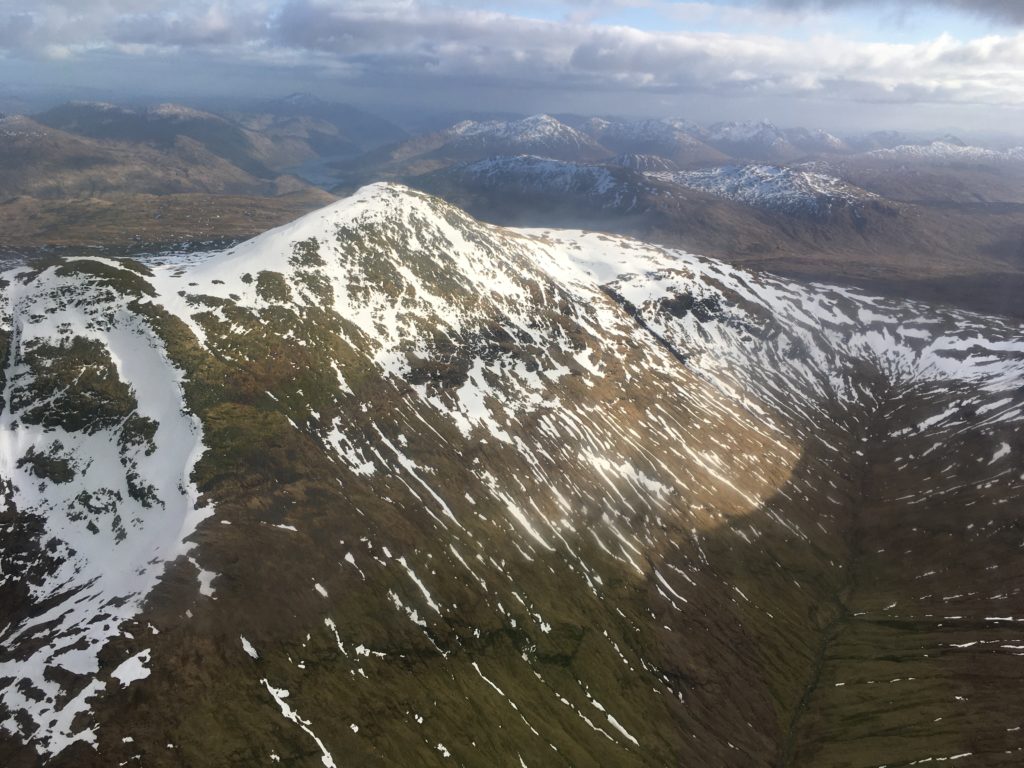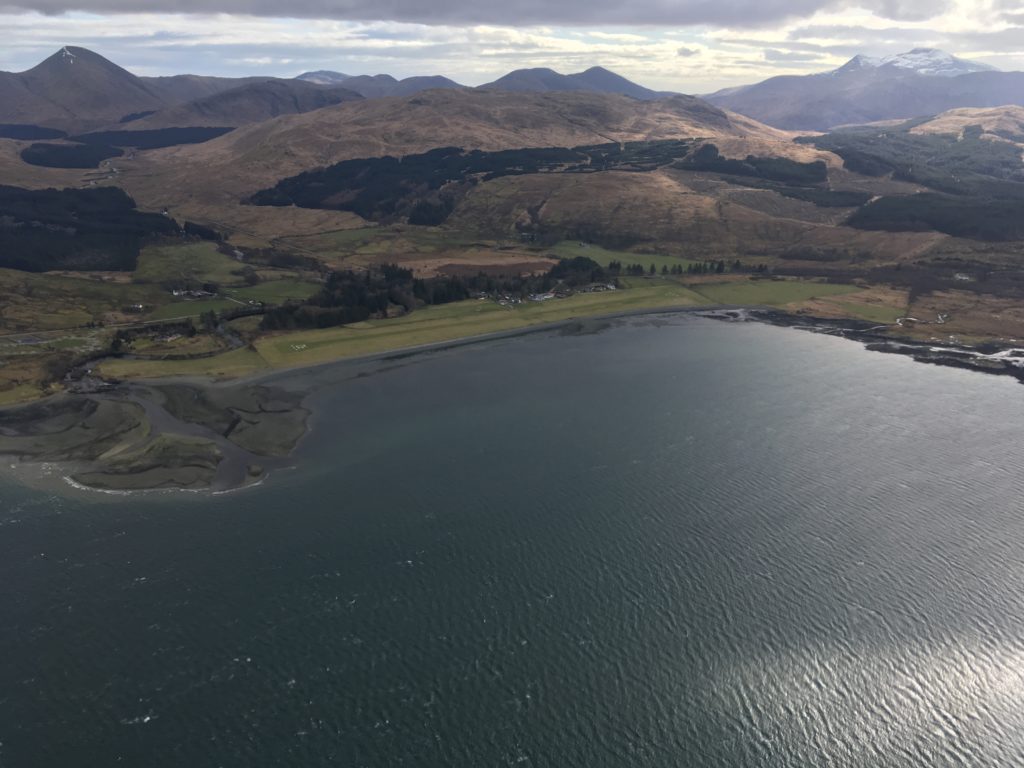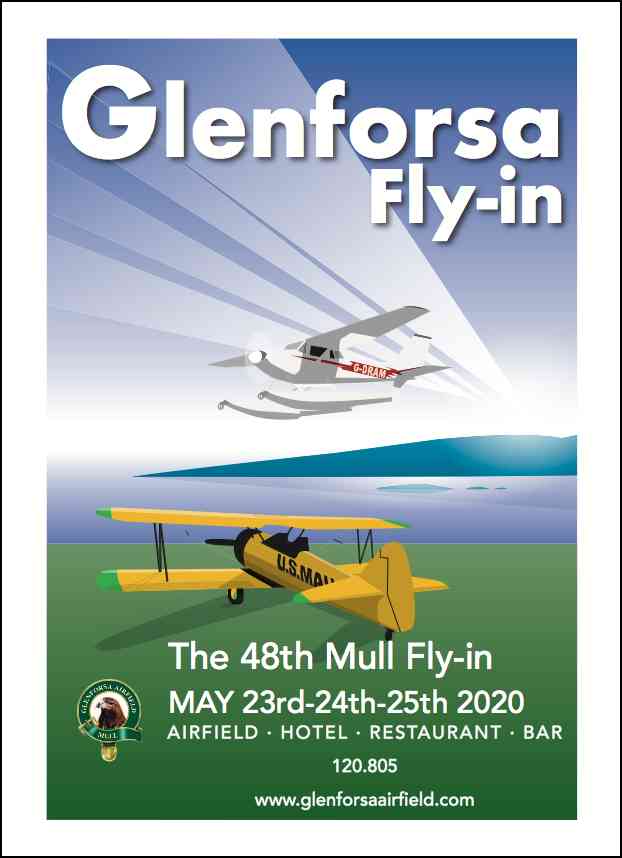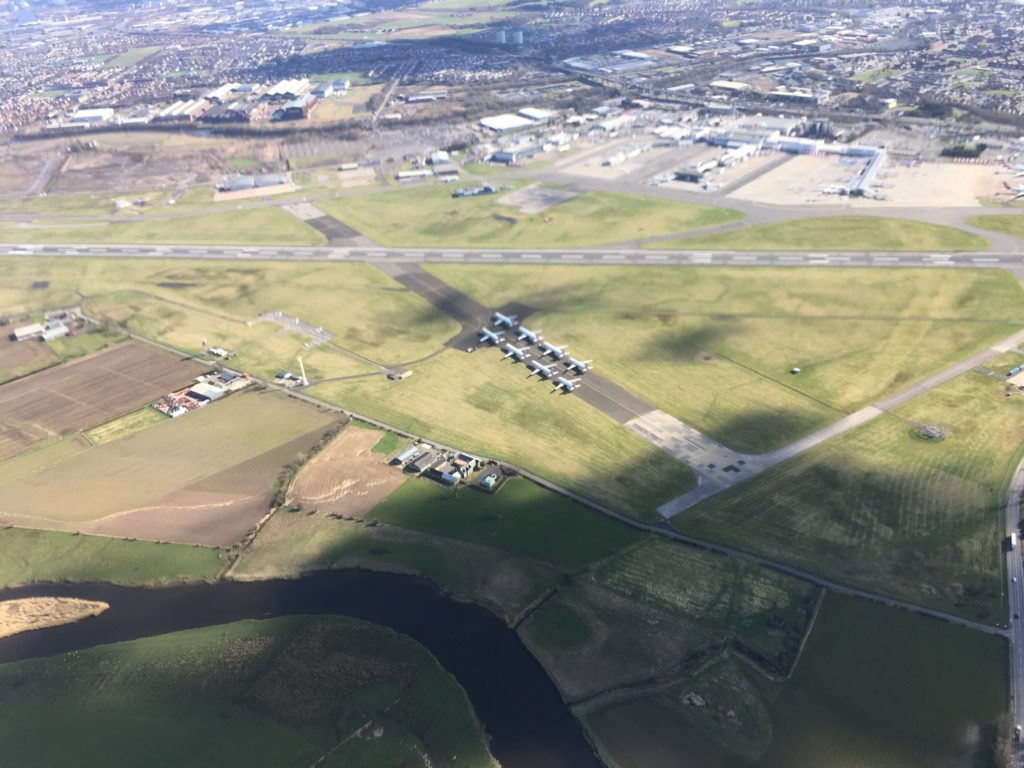(From the archive – this originally appeared in the Scottish Aero Club’s newsletter, back in the day when it was on real paper)
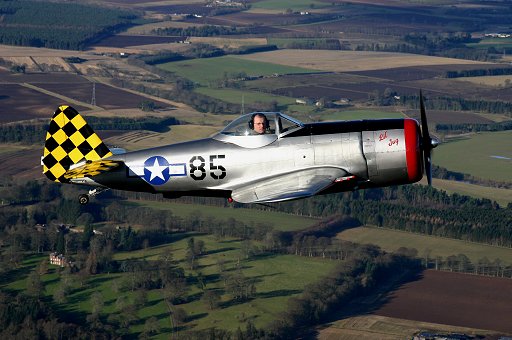
I have no idea how it must feel to make the first flight on an aircraft that you have personally built – I bought because I wanted to fly and couldn’t really see myself slaving over a hot workbench for years. In a sense it was just a new aircraft type for me, albeit very different from anything I had flown before. I found I was able to, in words of Zen Master, “Keep mind like calm water and detach from outcome”
Which was just as well because I broke all the rules on the first flight…you know them. The rules that say
1) If you are flying from an unfamiliar airfield for the first time, make sure it is in an aircraft with which you are familiar
2) If you are flying an unfamiliar type for the first time, do it from a familiar airfield
3) Get a thorough checkout is a similar aircraft type
4) Choose a good weather day
5) Have a definite “First Flight” test plan
etc
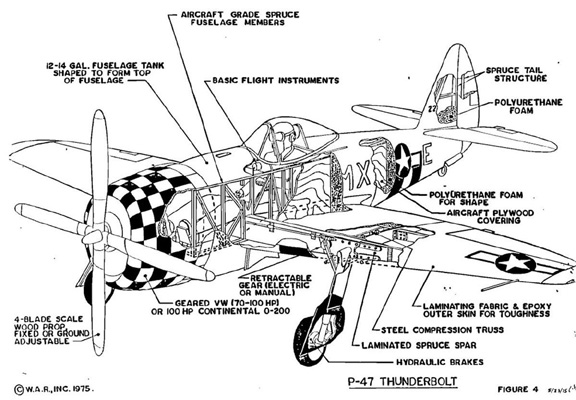
I started off by putting myself under pressure…I had owned the aircraft for 6 months before the first flight and wanted to get it ferried north from Sackville farm strip in Bedfordshire to its new base at Perth in Scotland. I had 3 days off in a row which coincided with a fairly good weather forecast, so I jumped on an easyJet 737 and flew to Luton. Chris drove me out to the strip and we prepared the aircraft, got it running, wondered why it stopped, pulled the cowlings, got it fixed, and waddled off down the grass for the first flight…
…from an unfamiliar strip (narrow and undulating)
…in an unfamiliar type
…running well behind schedule
…with bad weather entering the country from the west and due in the area by evening.
I had refreshed myself on tailwheel aircraft at Northampton School of Flying on the Super Cub with Frank McClurg, but due (again) to the UK weather my 2 day visit was spent sitting around until the evening of the second day when the winds dropped and we managed one hour of circuits. Not really enough and probably not a suitable type either – I could see out the front for a start. But good fun anyway, I’ve always liked Cubs ever since I did my tailwheel coversion at Clacton many moons ago. But it was 2 months between the Cub flying and the time of the first P47 flight. Also I had flown off grass but always an airfield, not a strip like Sackville. We had hoped for Chris to be able to position the aircraft to Peterborough with its long straight wide hard runway but that had not happened. I had a test schedule all made up, taken from Vaughn Askue’s excellent “Flight Testing Homebuilt Aircraft” and that involved slowly working up to the first flight from a series of faster and faster taxis but the Sackville strip made that impractical, so in the end we ended up blasting off and hoping for the best. I say we because the I think aircraft did most of the work!
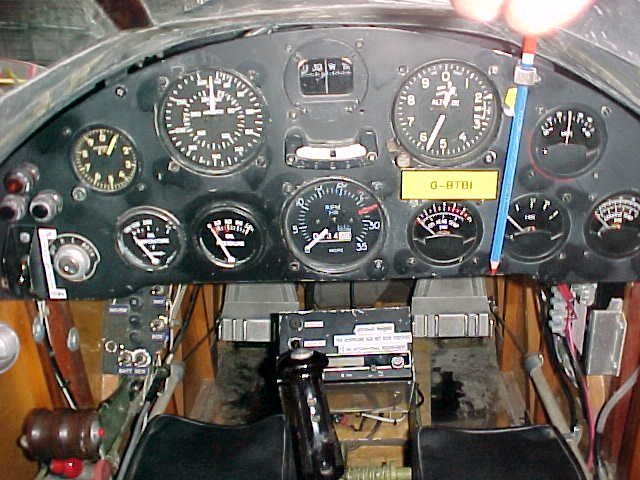
“Lining up, the cowling blocks the view ahead…ready to go, remember to keep the tail down until 40mph or there will be minimal directional control. Here we go, feed in full power, didn’t expect it to be so bumpy. And noisy! Keep straight. 40mph, raise the tail, still can’t see over the nose, raise it a bit more, accelerating nicely now. Bump! Oh ****! we’ve been launched airborne by the strip. Hold it down, hold it down, keep it in the ground effect, let it accelerate. If you climb out of the ground effect at this low speed the left wing will stall first and we’ll be history. Looking for 80mph. There it is! Raise nose a little. The hedge which was whipping past in my peripheral vision drops away. ****! it’s sensitive – wobbling left and right and pitching up and down. Calm down. Small movements. Use fingertip pressure. We’re flying. WE’RE FLYING! Heartrate you can come down now. What next what next? Ah yes, gear! Flick the switch, green lights go out, cogs and torque tubes between my knees working away until the gear is up. Temperatures and pressures OK, fuel contents guage intermittent, that’ll need to be looked at, how on earth am I going to fix that. Later. Gentle turn left. Look for Chris, he should be getting airborne about now. There he is! About 400 feet or so climbing out. Check for other traffic. Great view up and behind, but can’t see much below the nose, due to the big cowling. Will have to weave the nose to check for traffic. Fighter pilot weave. Amendment to last statement delete “traffic”, insert “bogies and bandits.” **** ****! I’m flying a P47! And it’s mine! And we’ve got to get onto the ground in one piece. Head for Peterborough. Big features, look for the lake at Grafham Water, there it is, navigation complete for the moment. Where’s Chris? Look around. 5o’clock, level. OK, steep turn left, looking for the other aircraft, pass behind him and slide into loose formation on his right wing. He rebuilt the aircraft, he has flown it, but he has never seen it fly. Give him a show. Peel away to the right. Throw it around a bit. What an excellent aircraft, flies like it’s running on rails. I want one. Oh yes! Note to self…you own one! OK, then…everybody should have one. Right then where are we? There’s the lake, and there’s the A1 road running straight towards Peterborough, so the airfield should be about…there. OK. Just a quick stall to check things out, HASELL checks, and Chris is well clear heading towards the airfield. First indications of stall at 62mph, then the left wing drops a fraction. Recovers straight away. Good. Right we’ll use a minimum of 80 on the final approach, gear limiting speed is 100, let’s see what it looks like on final, wonder when I’ll lose sight of the runway? Call Peterborough on the radio, no reply, try again, no reply. Great, what to do, what to do? OK, no radio join in the overhead. Head towards the field. There’s Chris on final, playing pathfinder for me, good man. He’ll tell them I’m coming. Overhead and descend dead side, lookout, lookout! Blind transmissions on the radio. Join crosswind then turn downwind, RPM below 2000, carb heat on, speed decaying, 110, 105, 100! Gear selected down, the cogs and tubes doing their stuff until the two green lights come on and the gear is down. Turn final and the wind is straight down the concrete. That’s one less thing to worry about at least. Pity this a single seater I could do with Frank McClurg sitting here with his 10,000+ hrs on light aircraft giving me some moral support. Ah well, you’re on your own here, you bought it, you land it! 90mph down final, checking for obstructions which will soon disappear from view. Nothing to bump into. The threshold is now out of sight behind the cowling, can still see the far end. Good old heart rate is coming up again, please God don’t let me mess up now! Runway edges in the peripheral vision, close throttle, flare. TOO MUCH! Tiny burst of throttle. Gently this time, flare, flare, a little bit gusty here, check the runway edges, they seem to be the same distance away, they should do something about those weeds, now I know that summer is coming, see all those daisies and dandelions! Come on, come on, what’s the delay, must be that cruise prop with it’s residual thrust. Flare a bit more, sink a bit more, flare a bit more. We’re in the ground effect, it still wants to fly. No idea where the wheels are in relation to the ground. Stick almost fully back and BANG we’re down, we’re down and time restores to it’s normal speed. Watch the swing, whoa steady there cowboy, gentle on the pedals, the wind should help keep us straight. We are all over the place, GENTLY, gently on the pedals, remember the article that said it’ll run straight if you let it. Let it! Good job this is a long runway, brakes are not very efficient. But then there is less chance of tipping it onto its nose, so I think we can live with that one. And finally we are at a taxiing speed. Heartrate can come down now please…breathing can come down to normal too please. Turn off the runway and stop. Undo the canopy latches and duck head as it slides back. Now I can see a bit more by leaning my head from side to side. Taxi to the pumps and stop. The radio comes to life again! Wierd. Idle cut off and the engine stops. Switches off, master off. Sit there for longer than is normal. Thinking. First flight completed. I made it. WE made it. Great aircraft, everybody should have one.”

Later in the clubhouse, Chris confessed that his radio had packed up as well, a little handheld with a LOW BATT caption! We blasted into the circuit (pattern for our US and Canadian cousins) just at the right time when nobody else was around. It got quite busy as we were paying for the fuel. I must have been on a high, because I paid for Chris’s landing fee!

After a first flight like that, I suppose the normal procedure is to crack open a beer and relax for the rest of the day, but hell no I had a schedule to meet, had to get north before the bad weather and before my days off ran out, so I was soon blasting off again for a high speed run up the middle of England. I didn’t get the tail up enough on takeoff again, and the landing at Carlisle was a bit ropy due to the crosswind there. I couldn’t continue to Perth so the aircraft was hangared and I went to a hotel with my toothbrush, toothpaste, spare undies and socks. The Mk1 Half Scale P47 Replica Minimal Nightstop Kit.
THEN I had that first flight beer….and later, the second flight beer!
